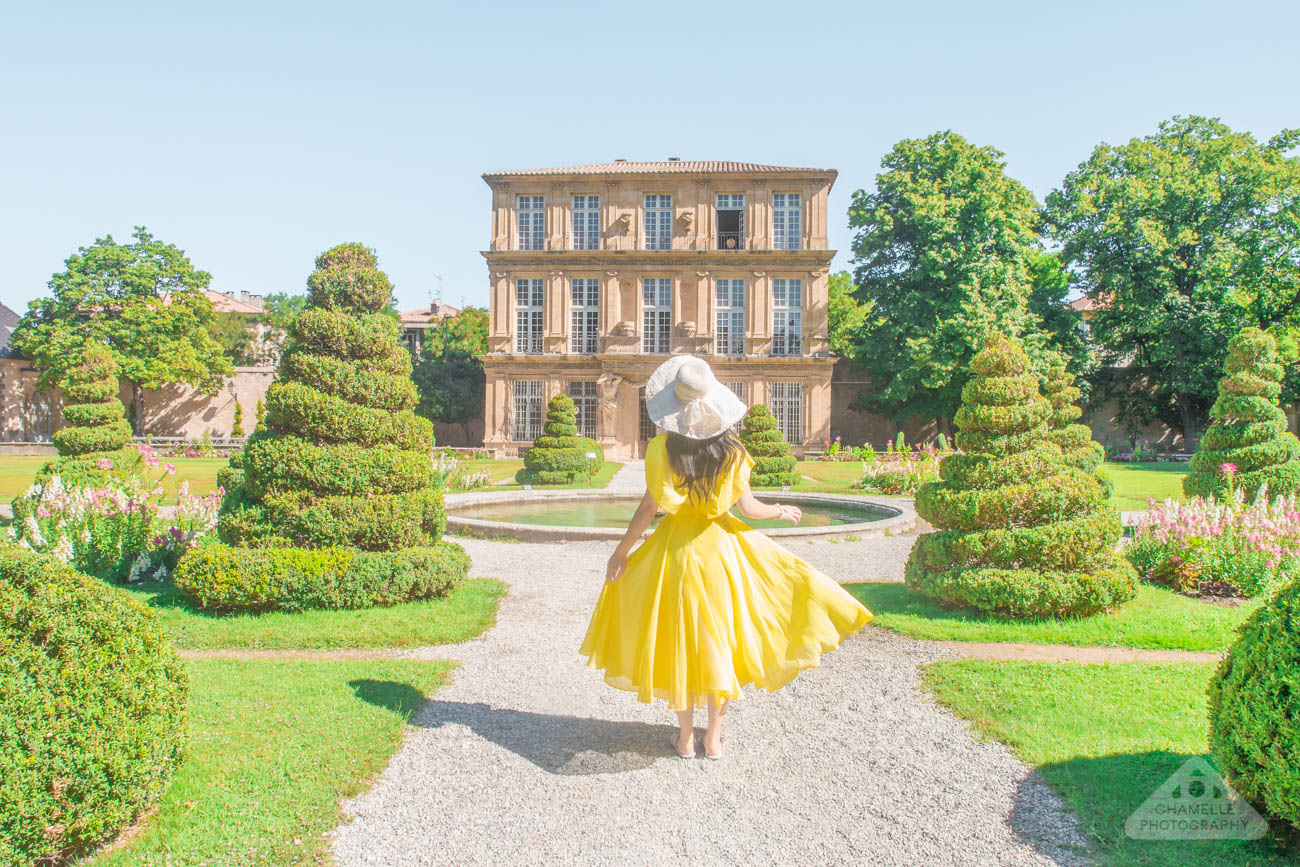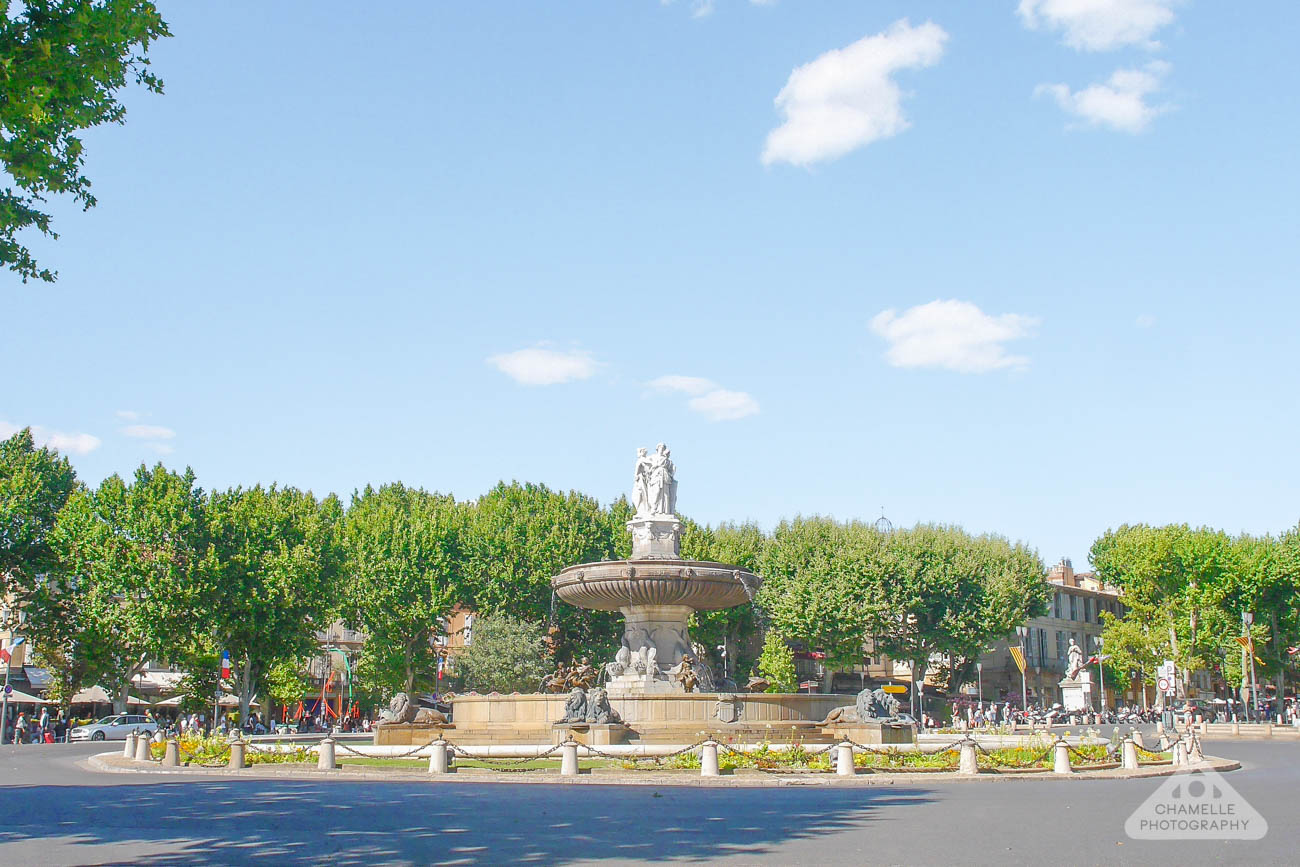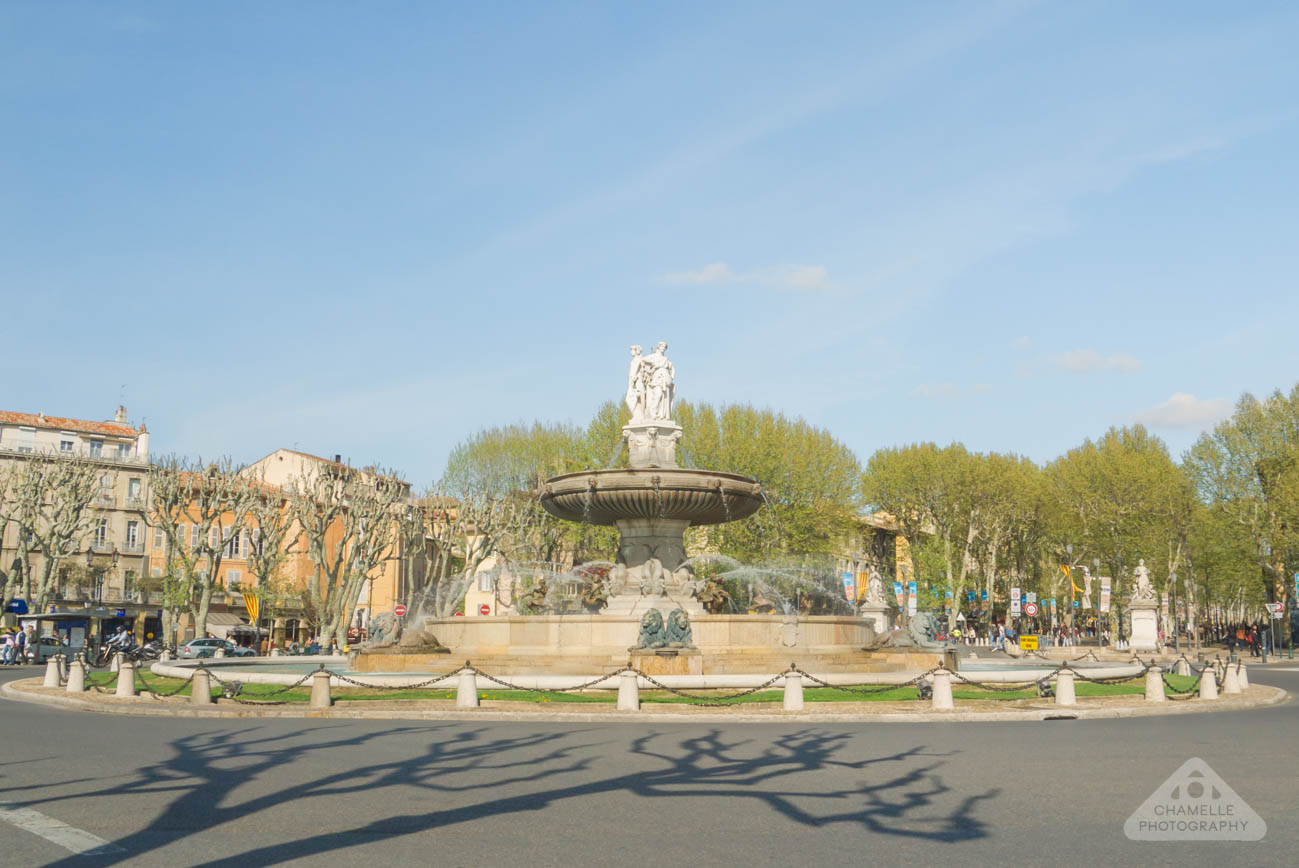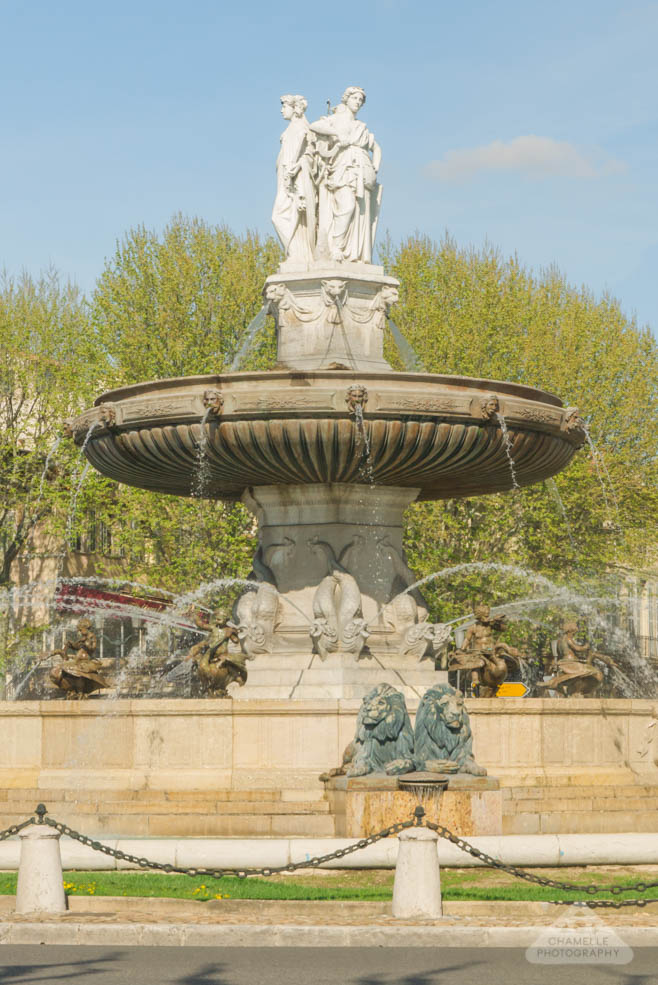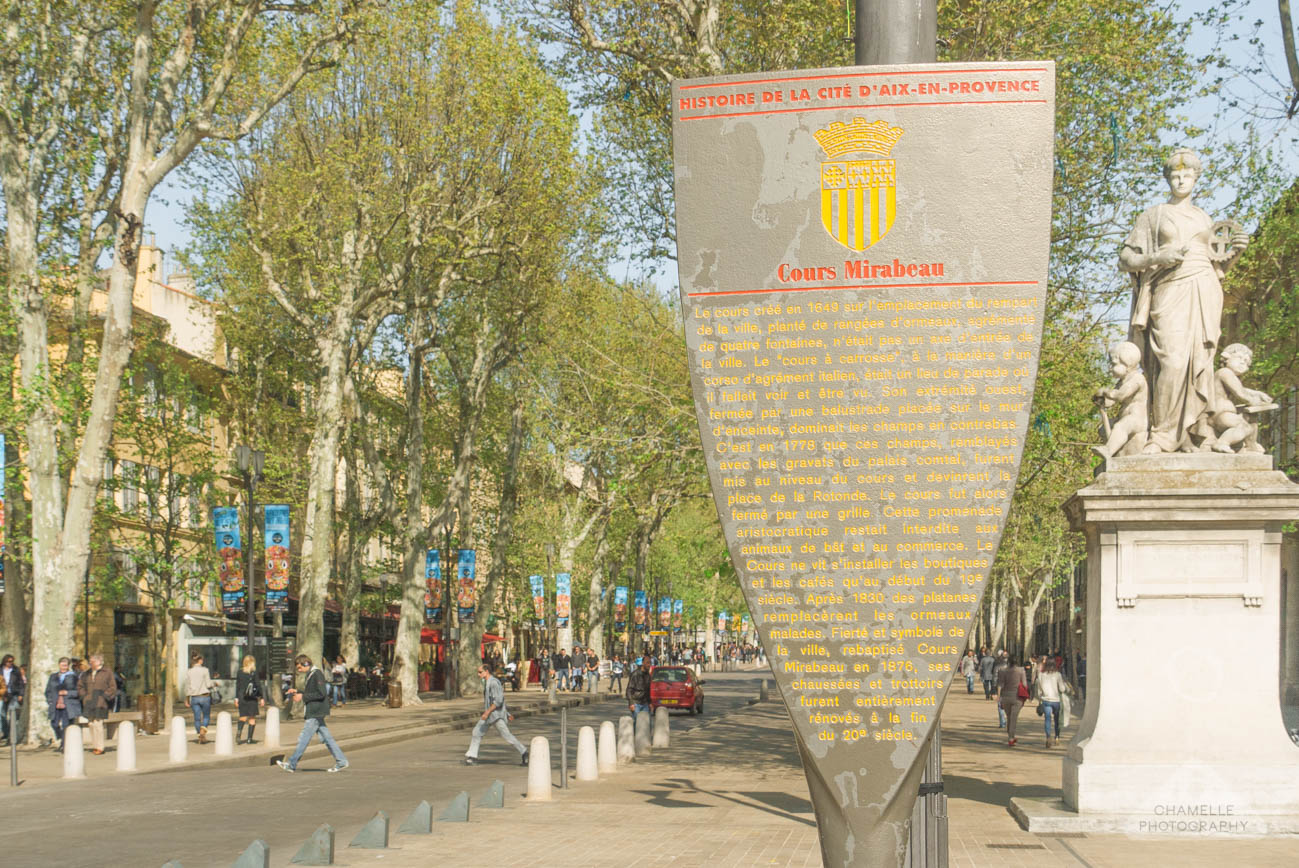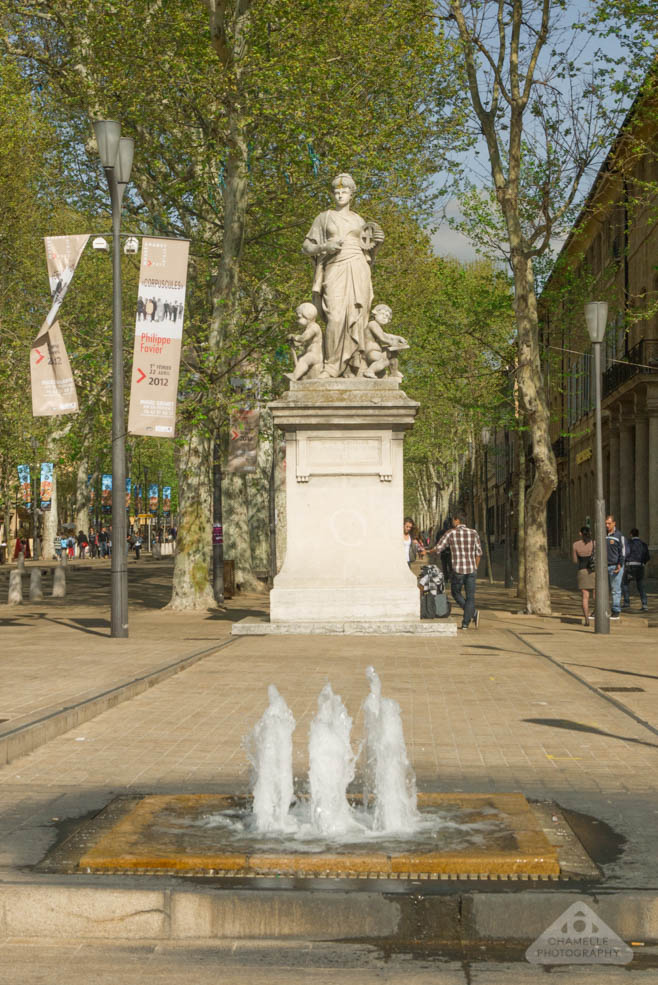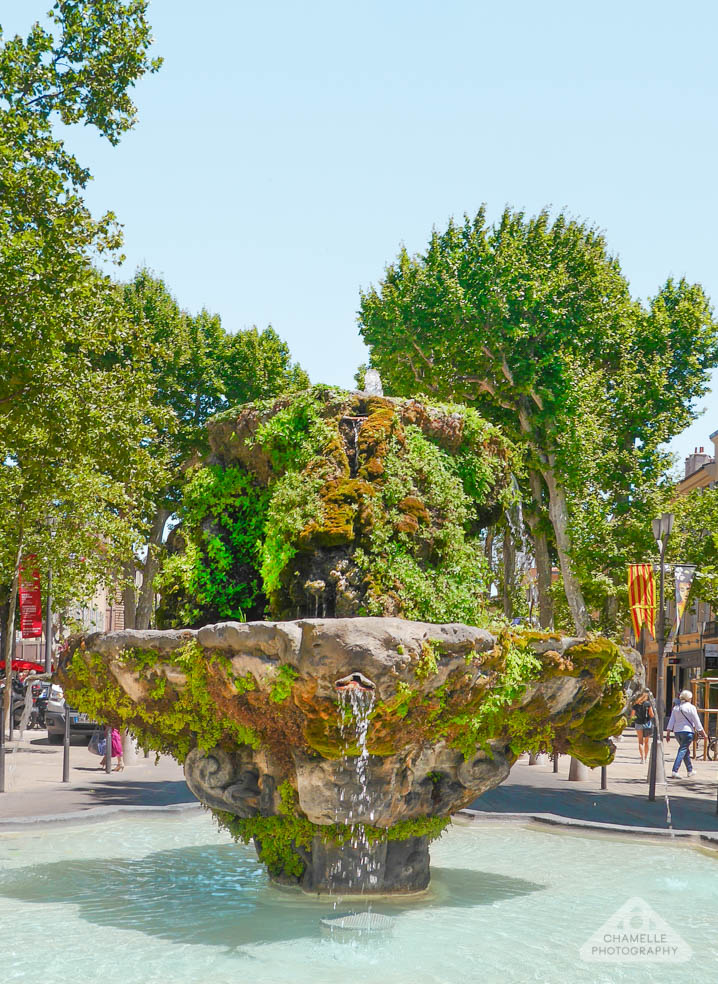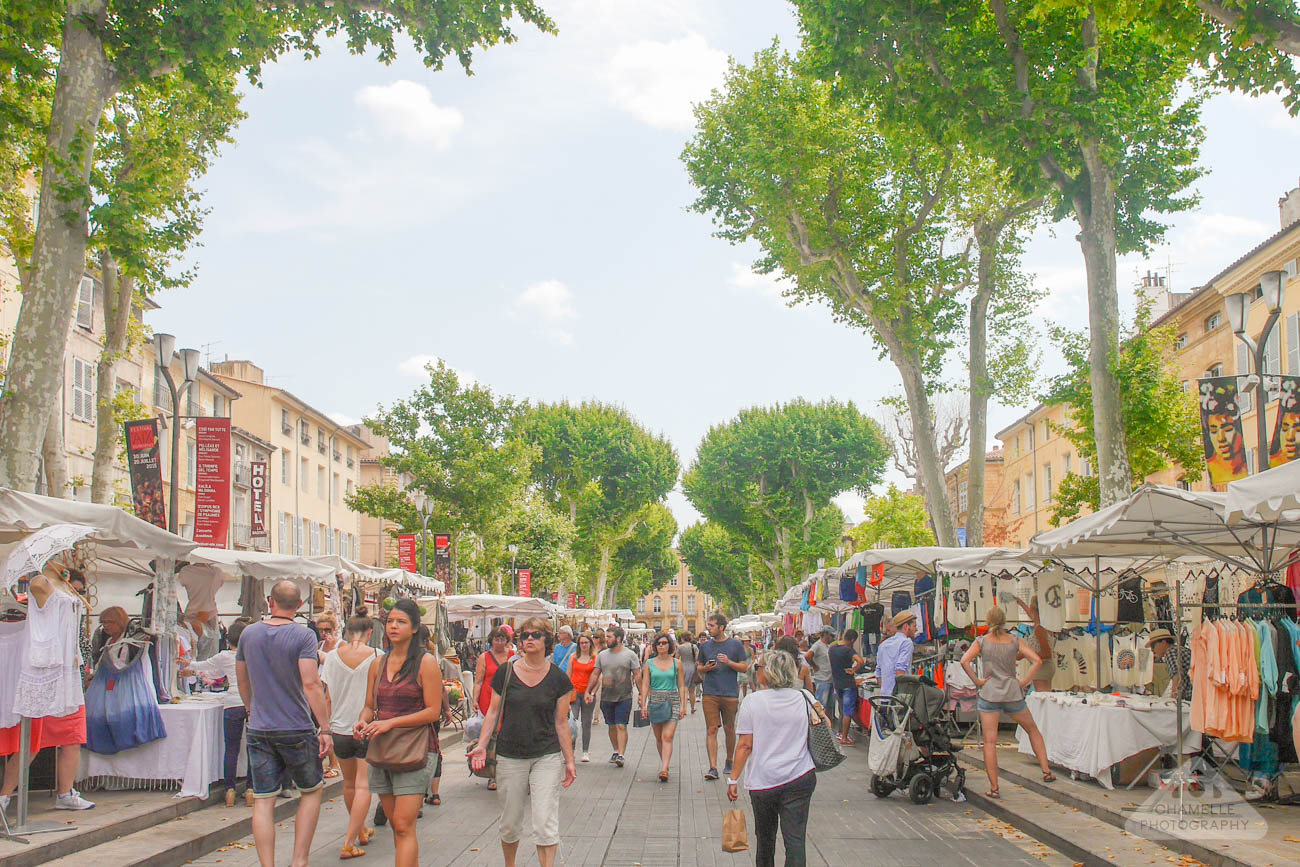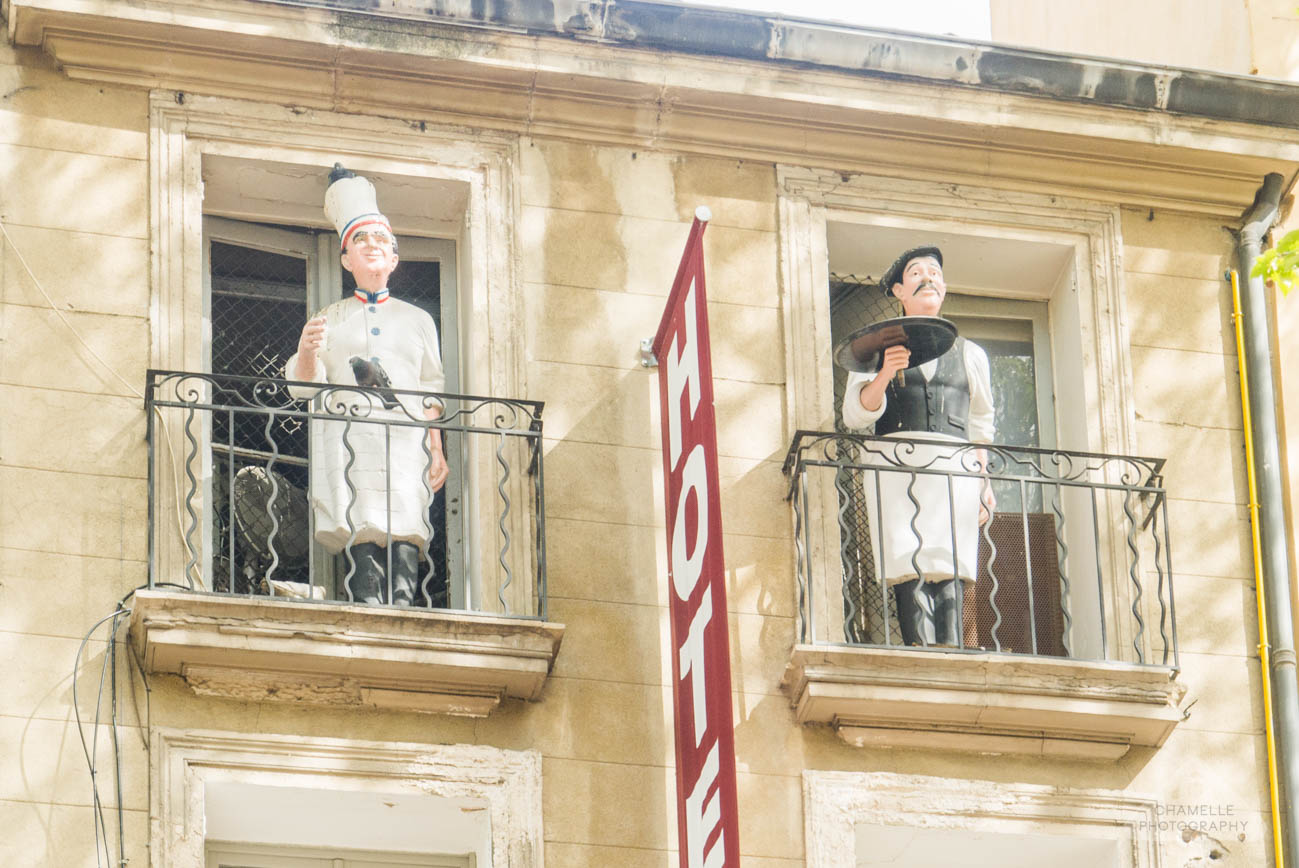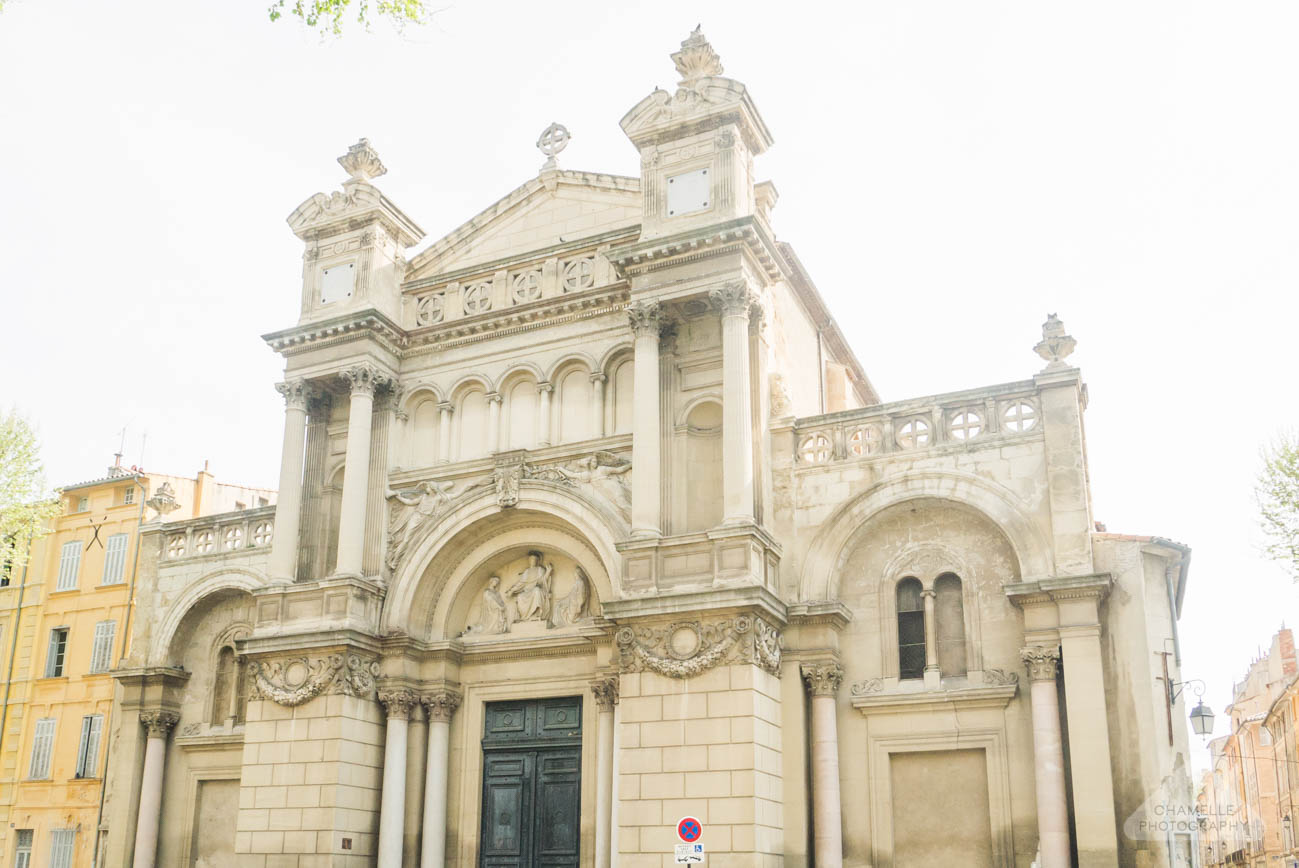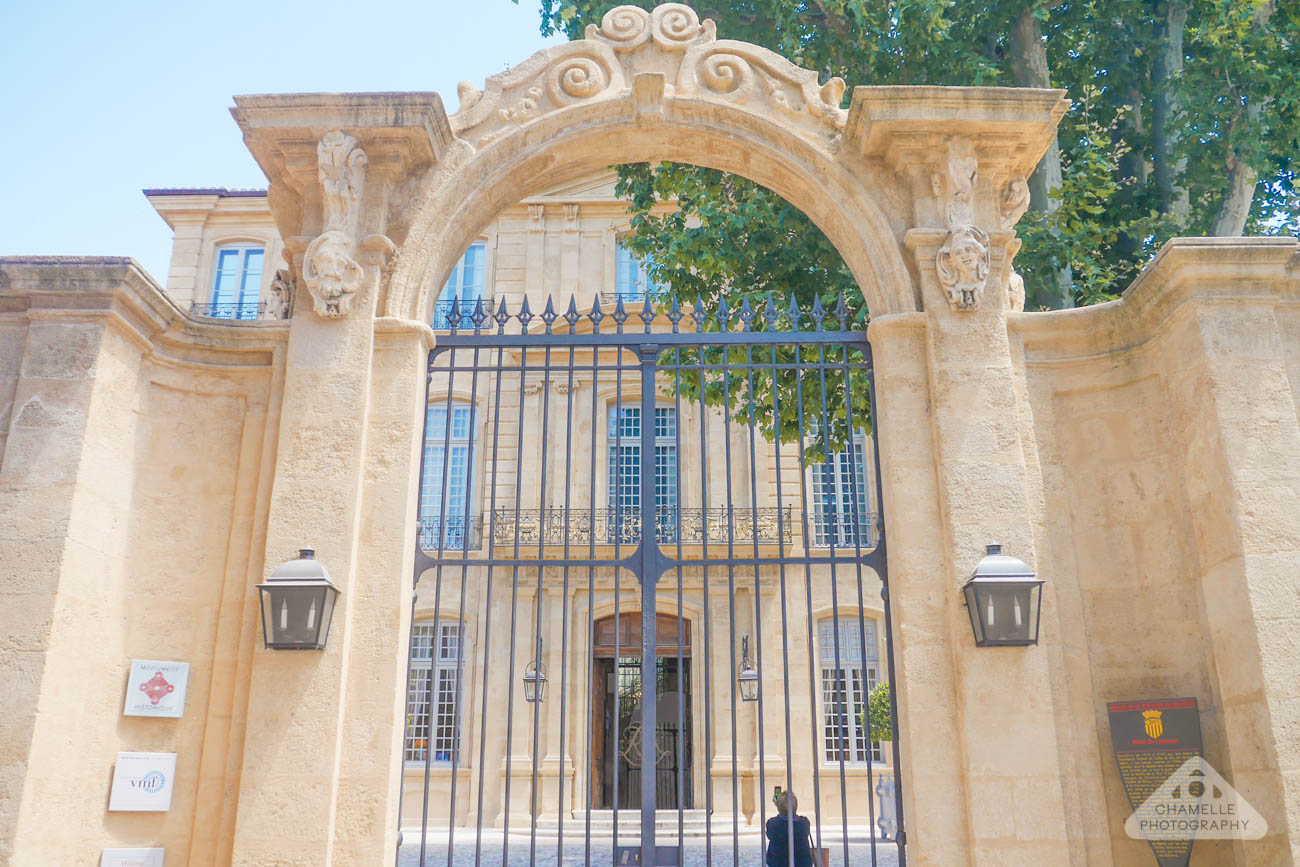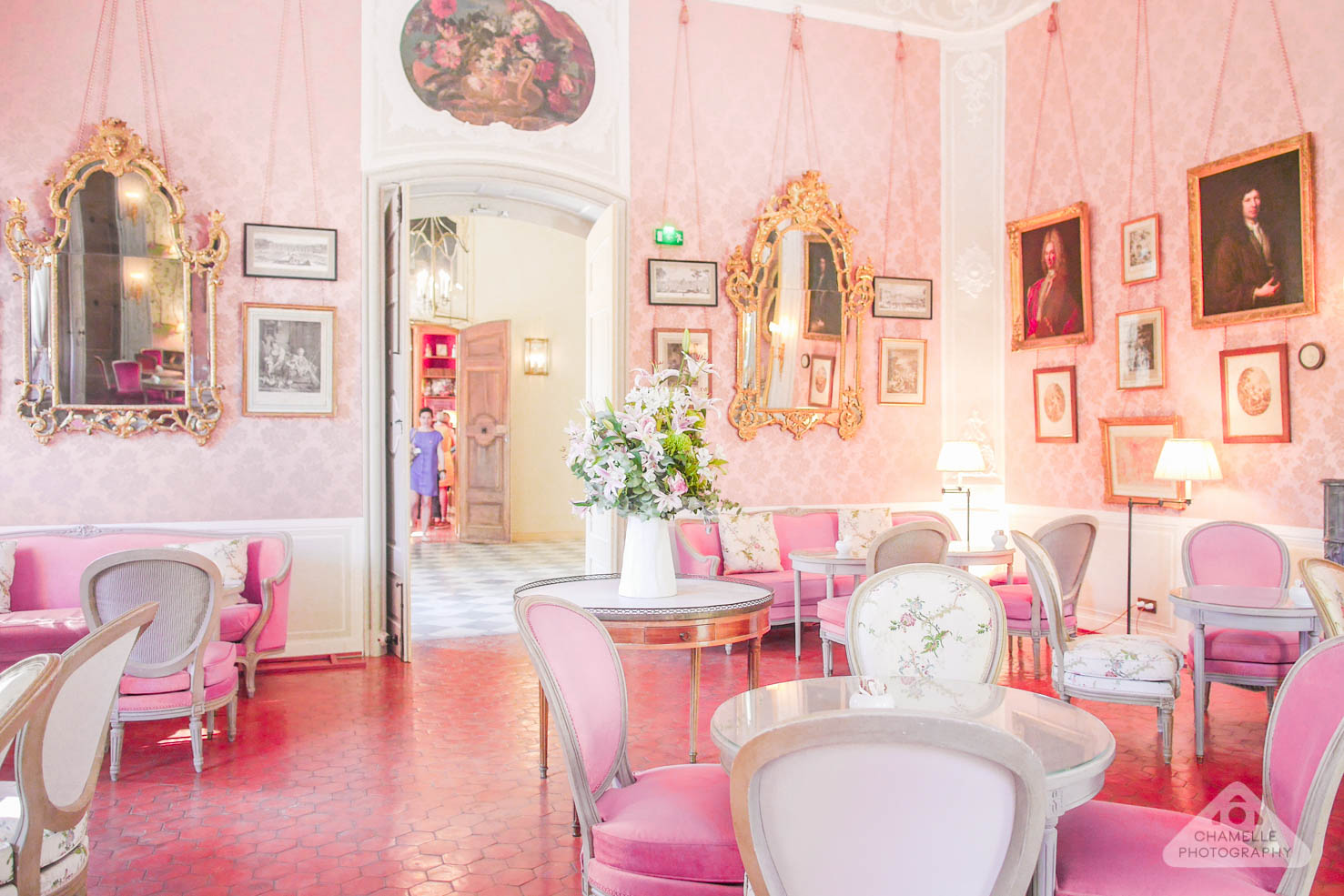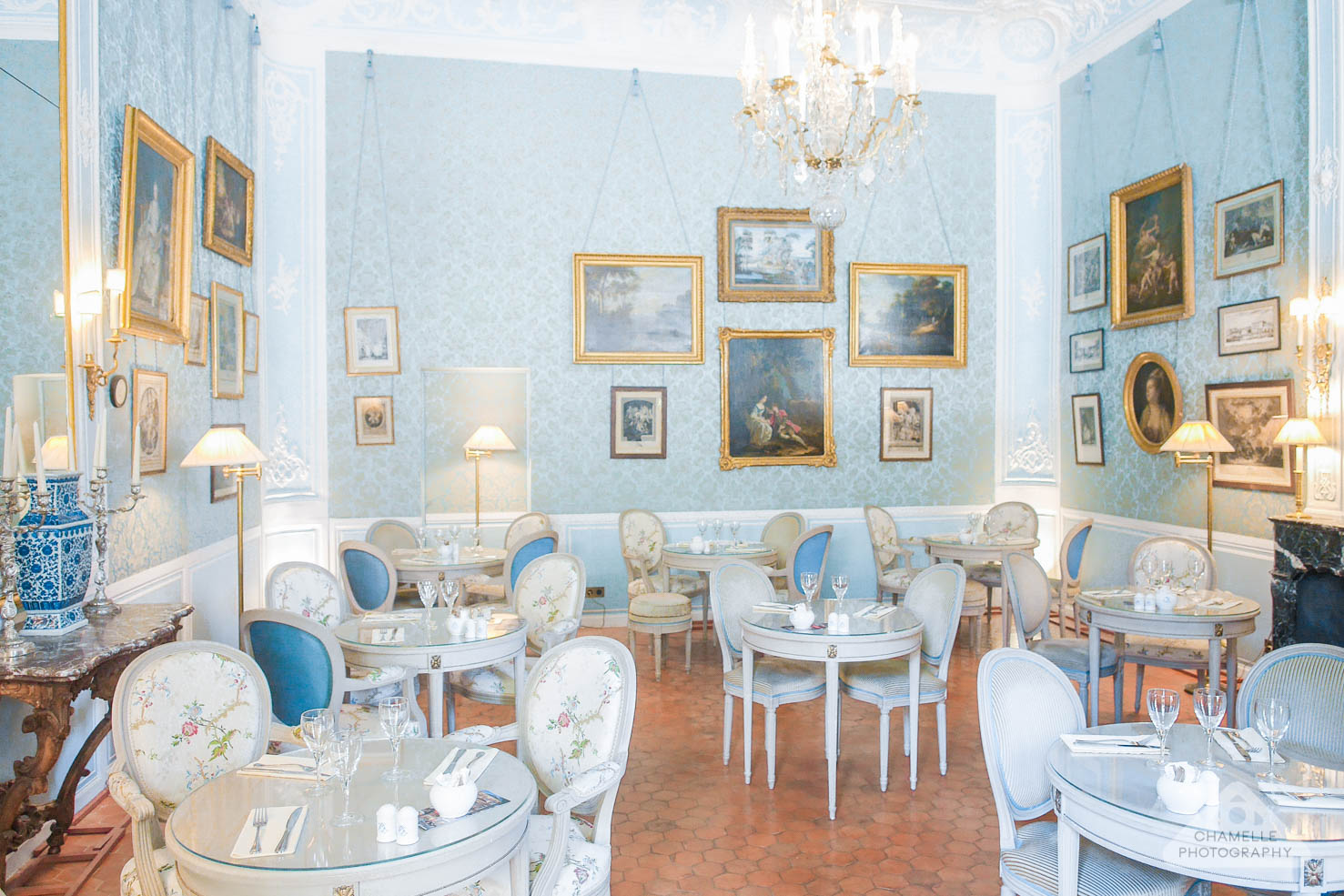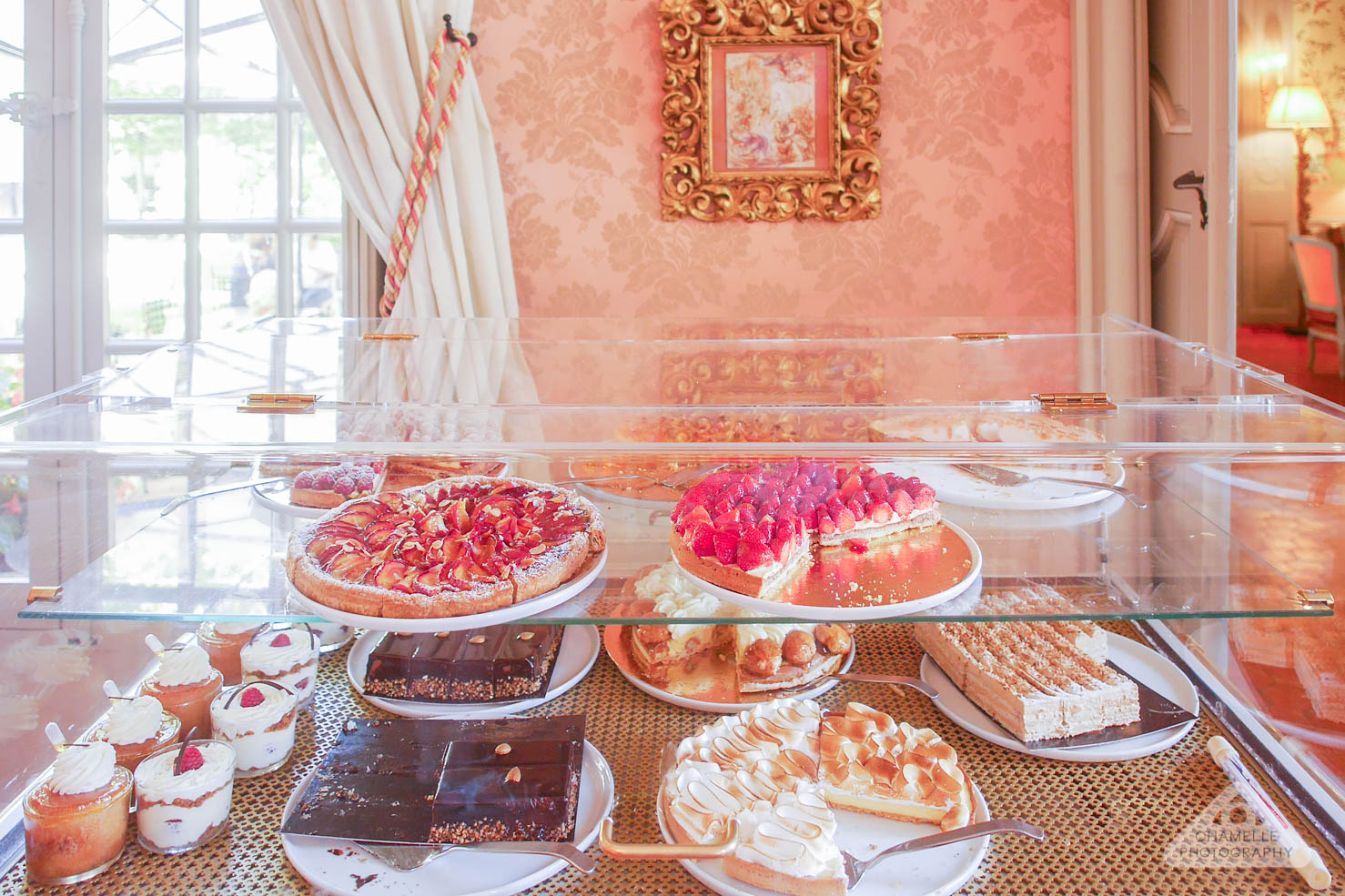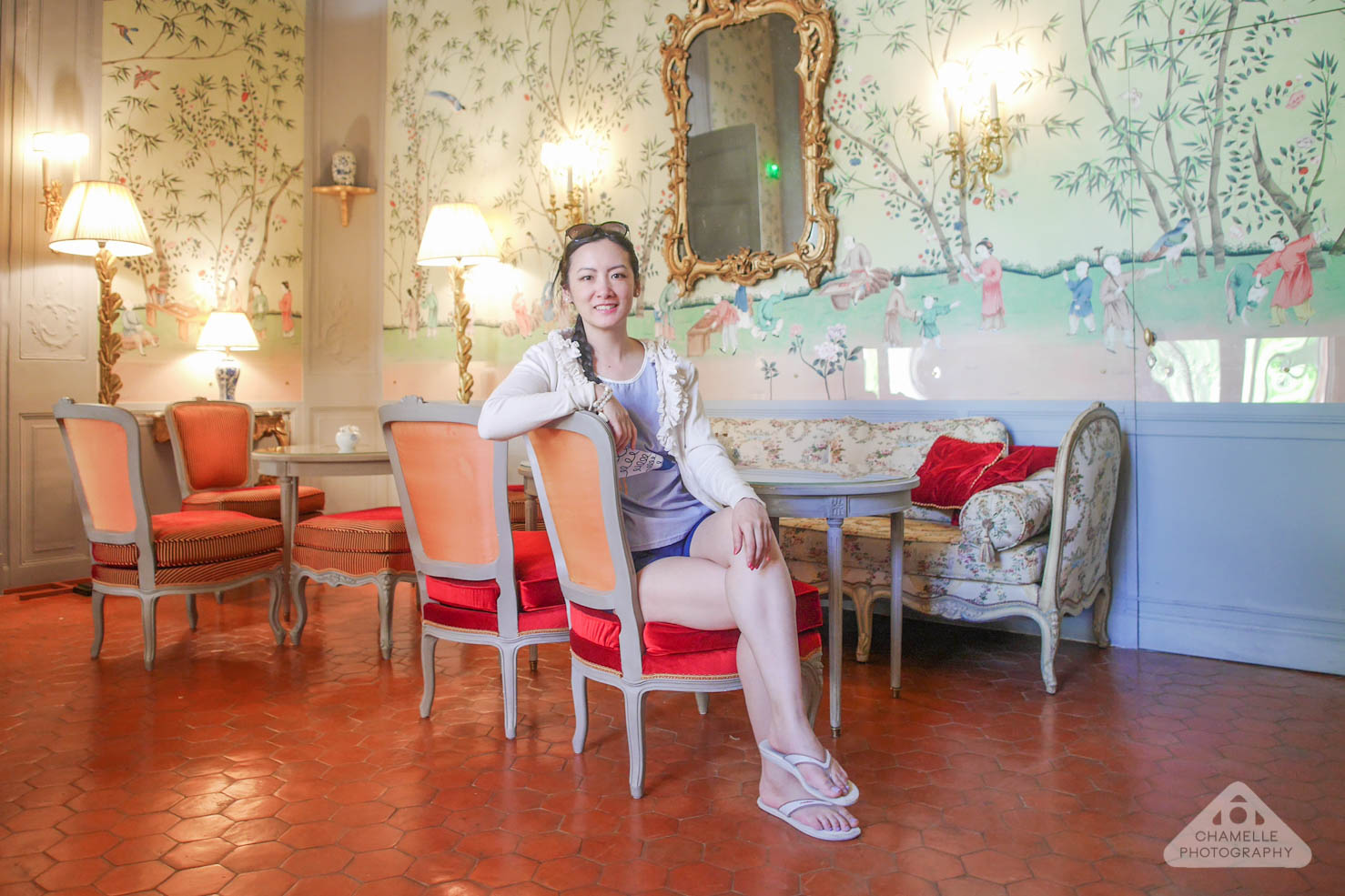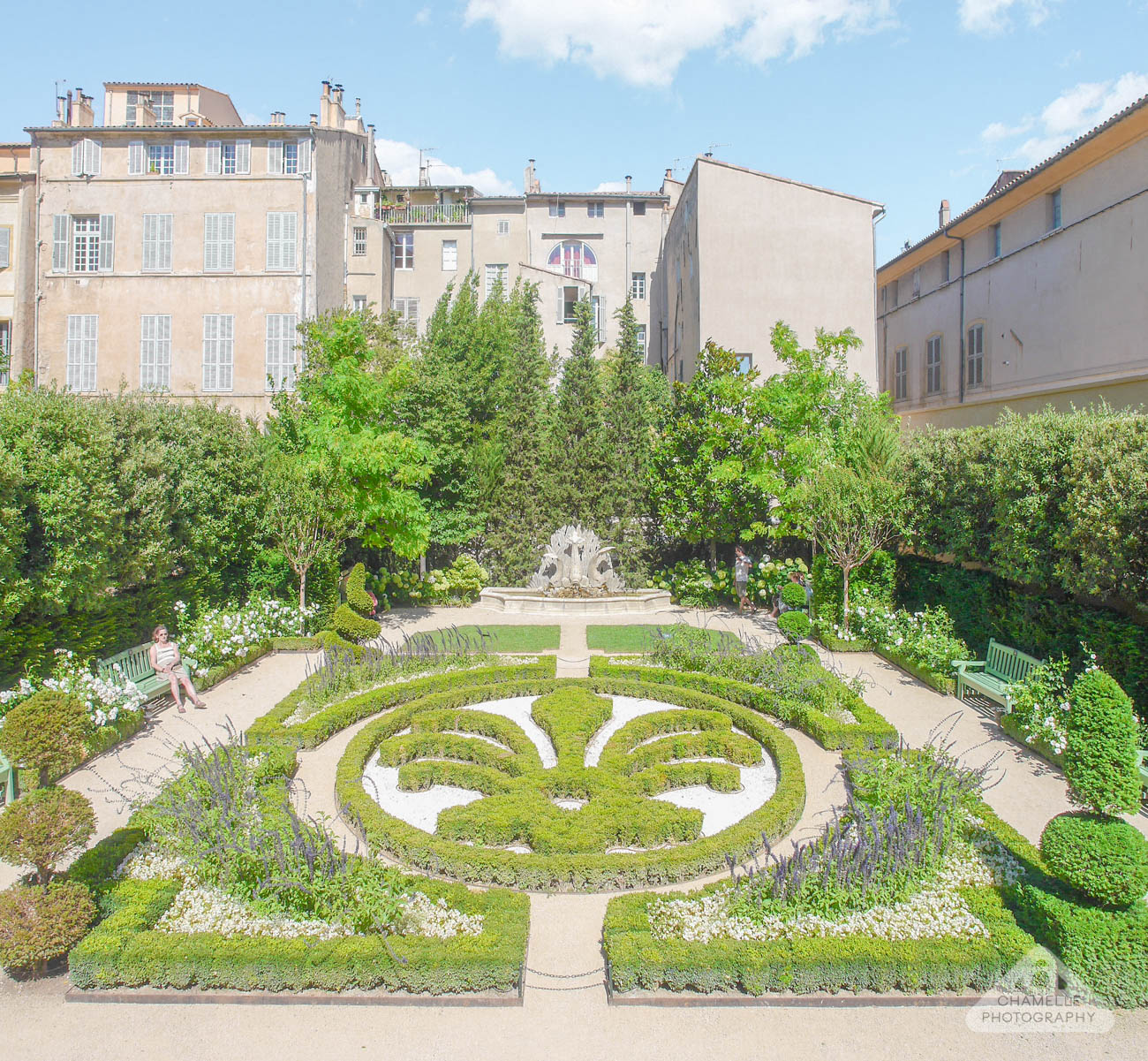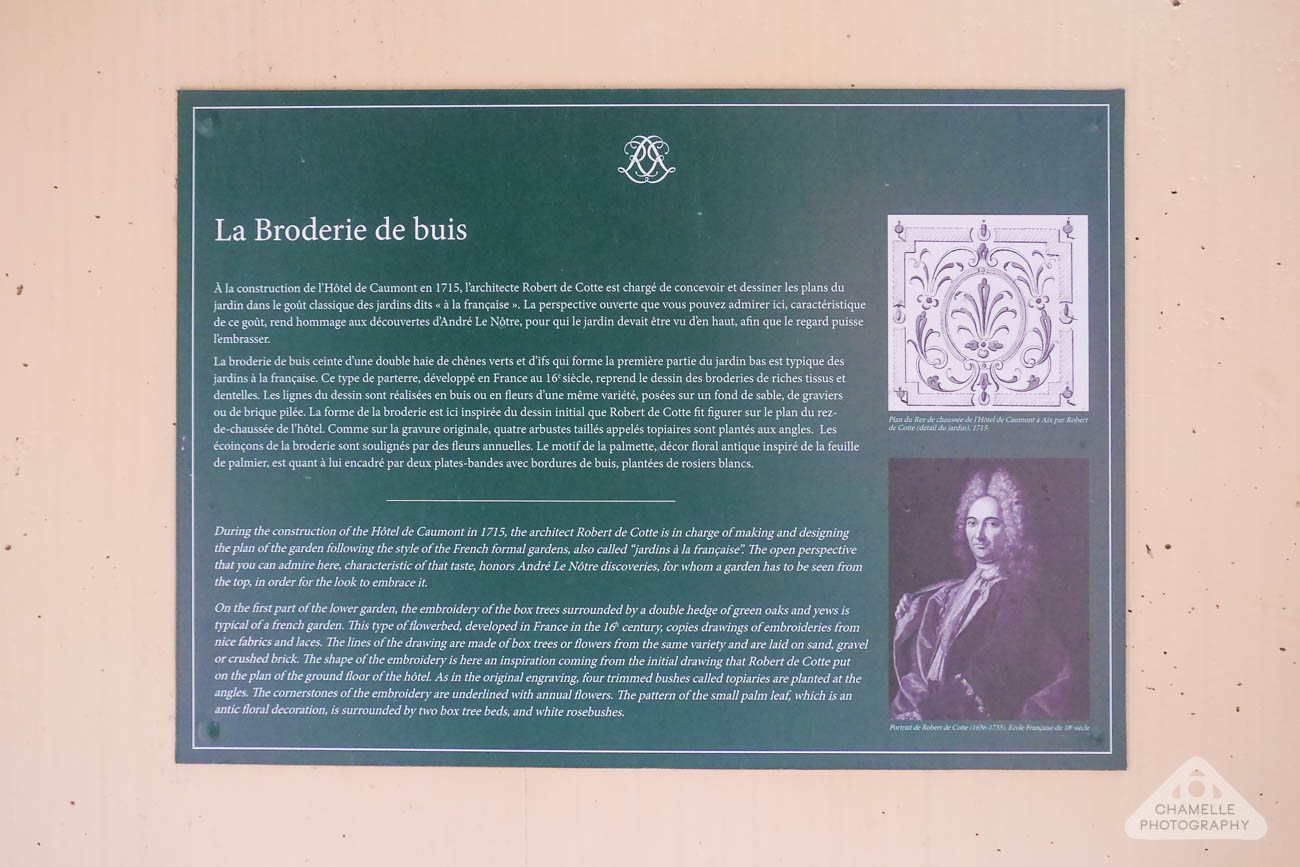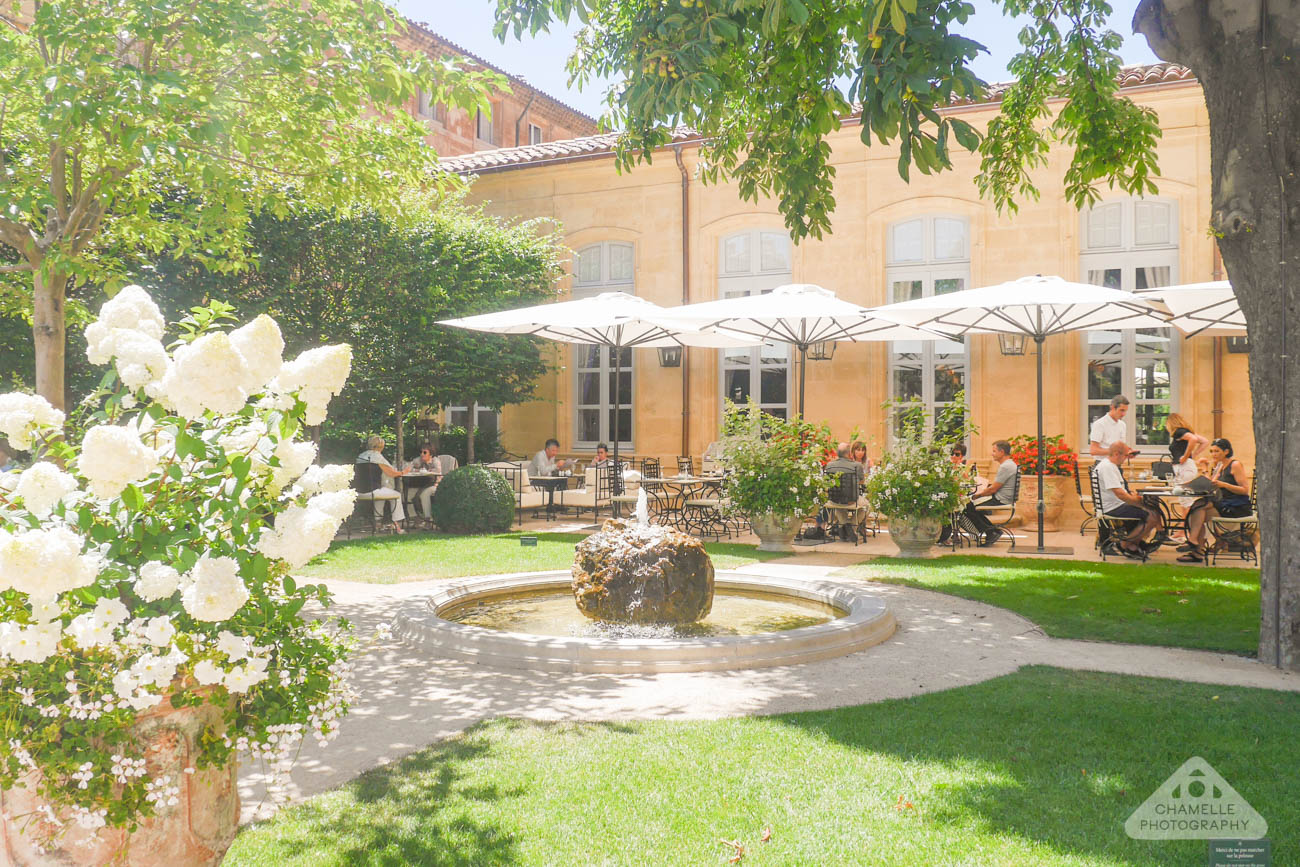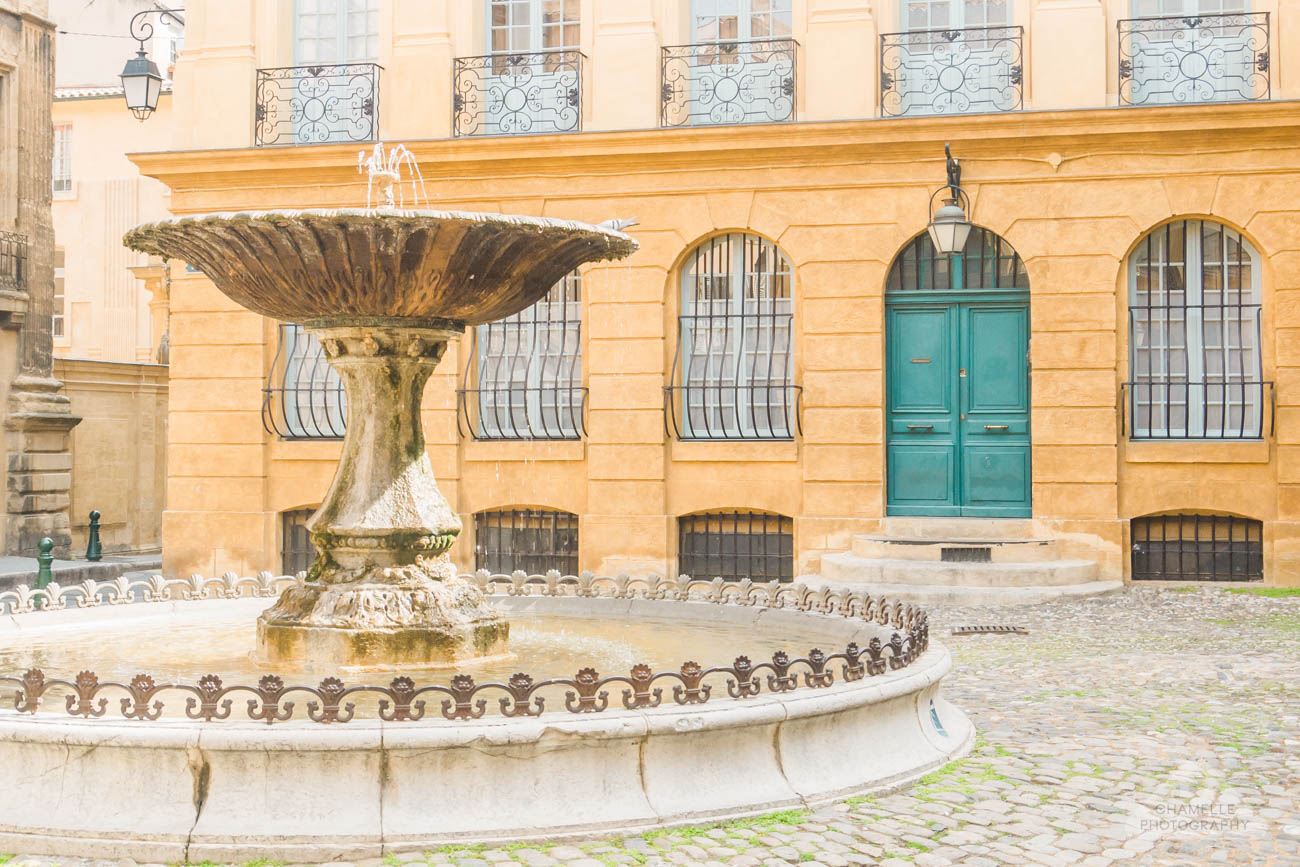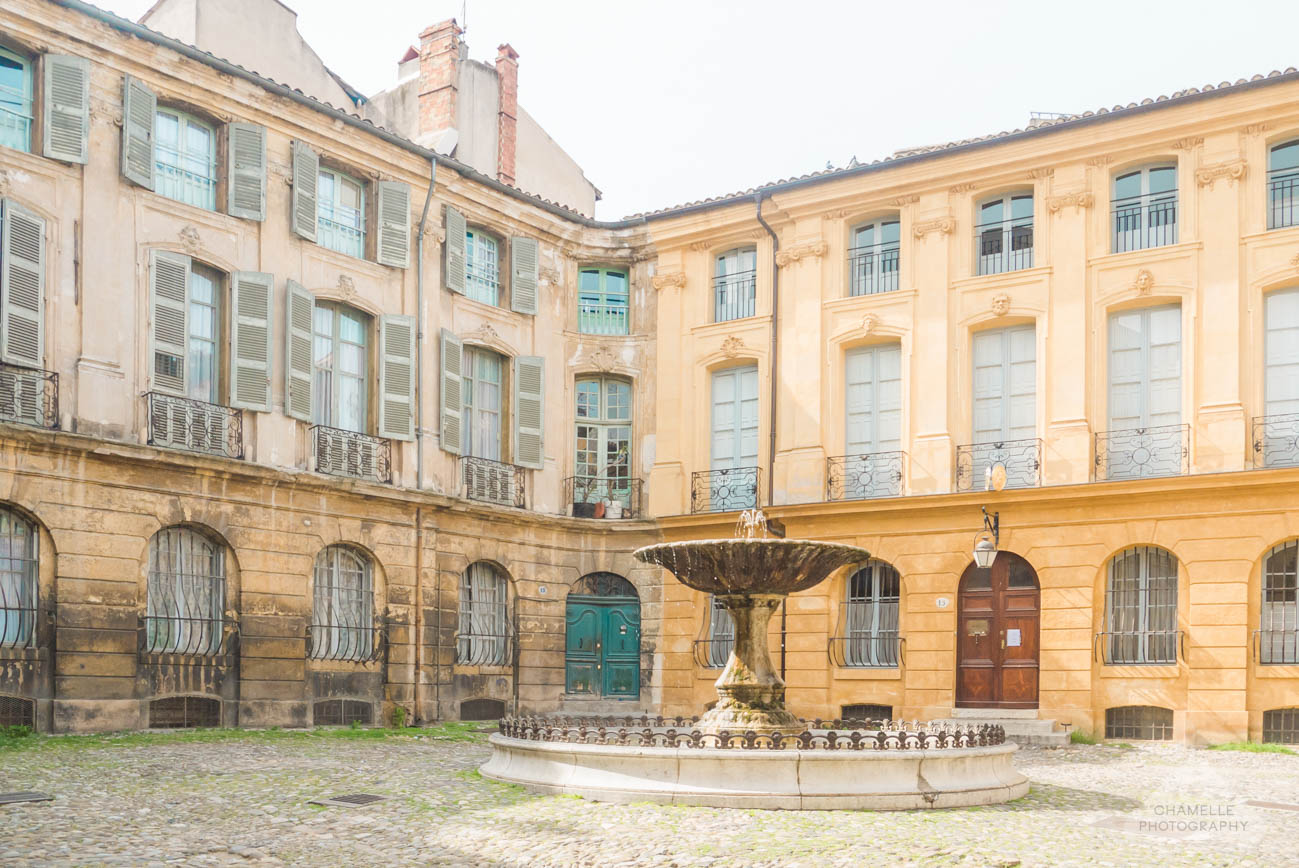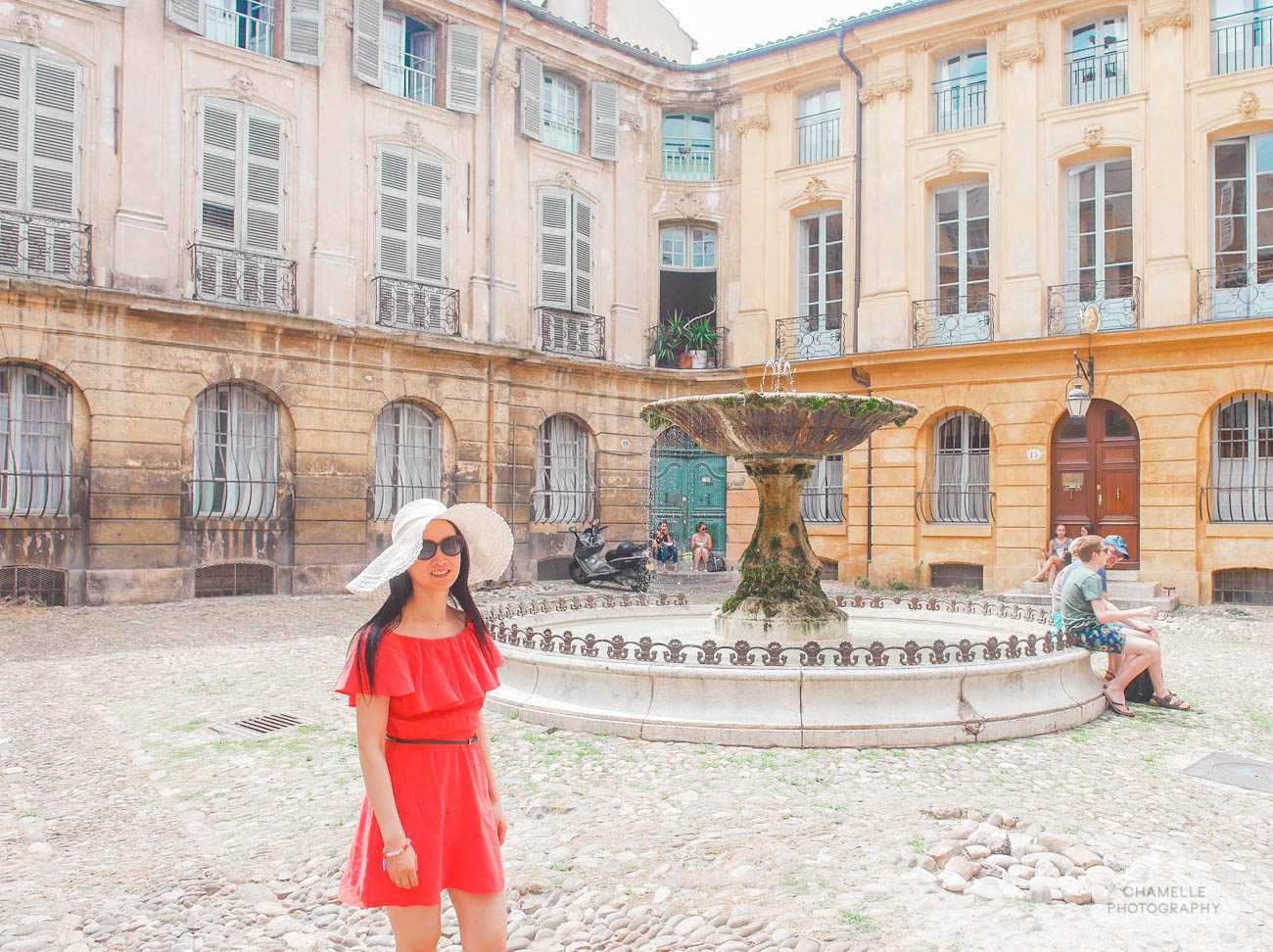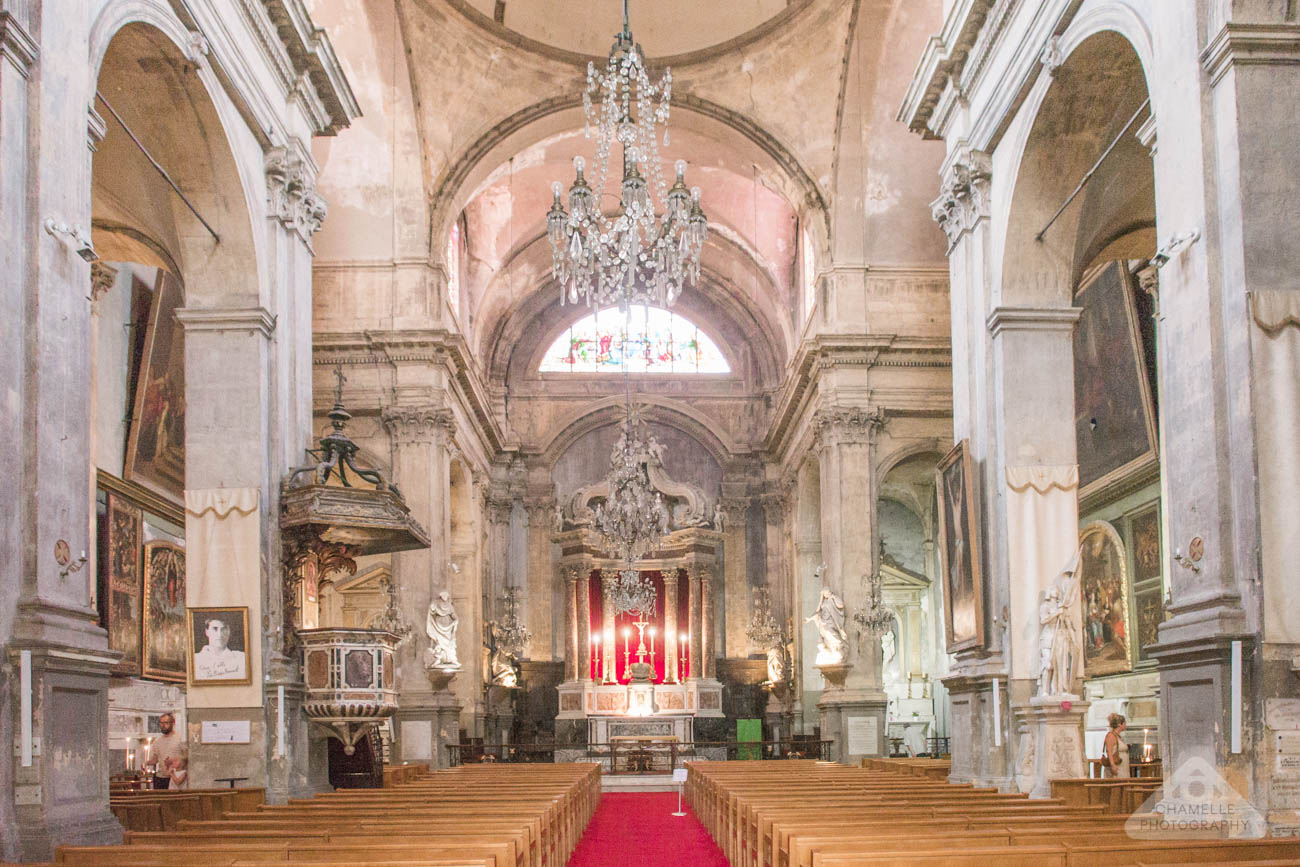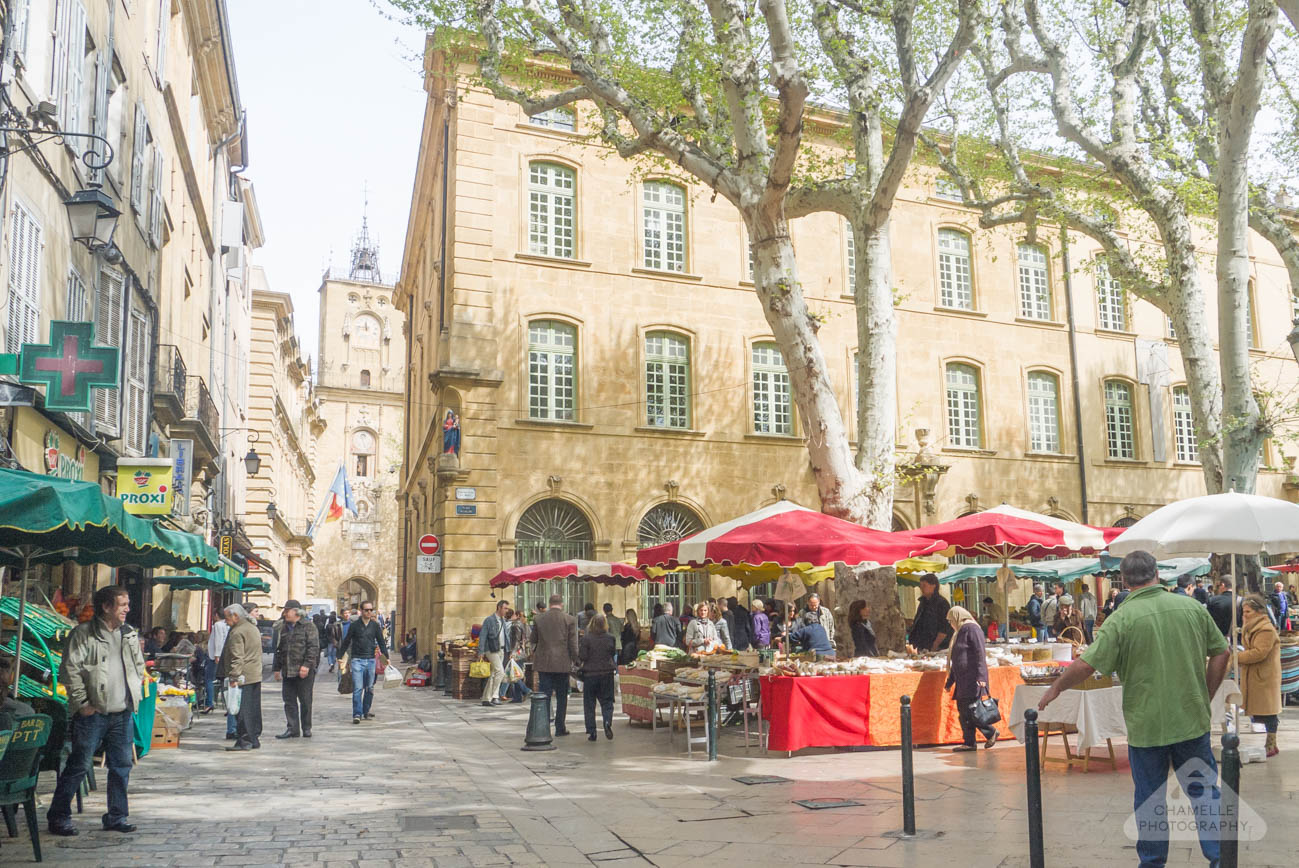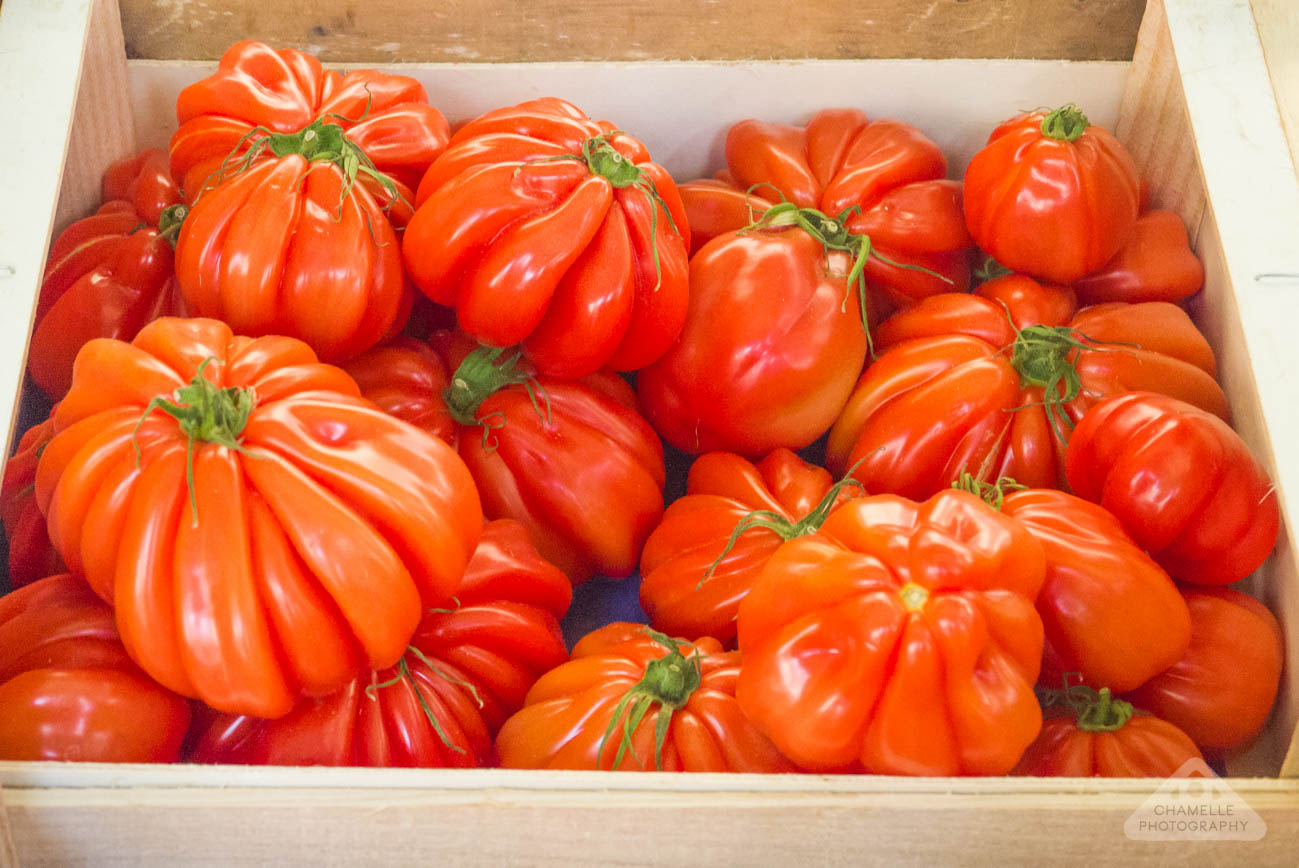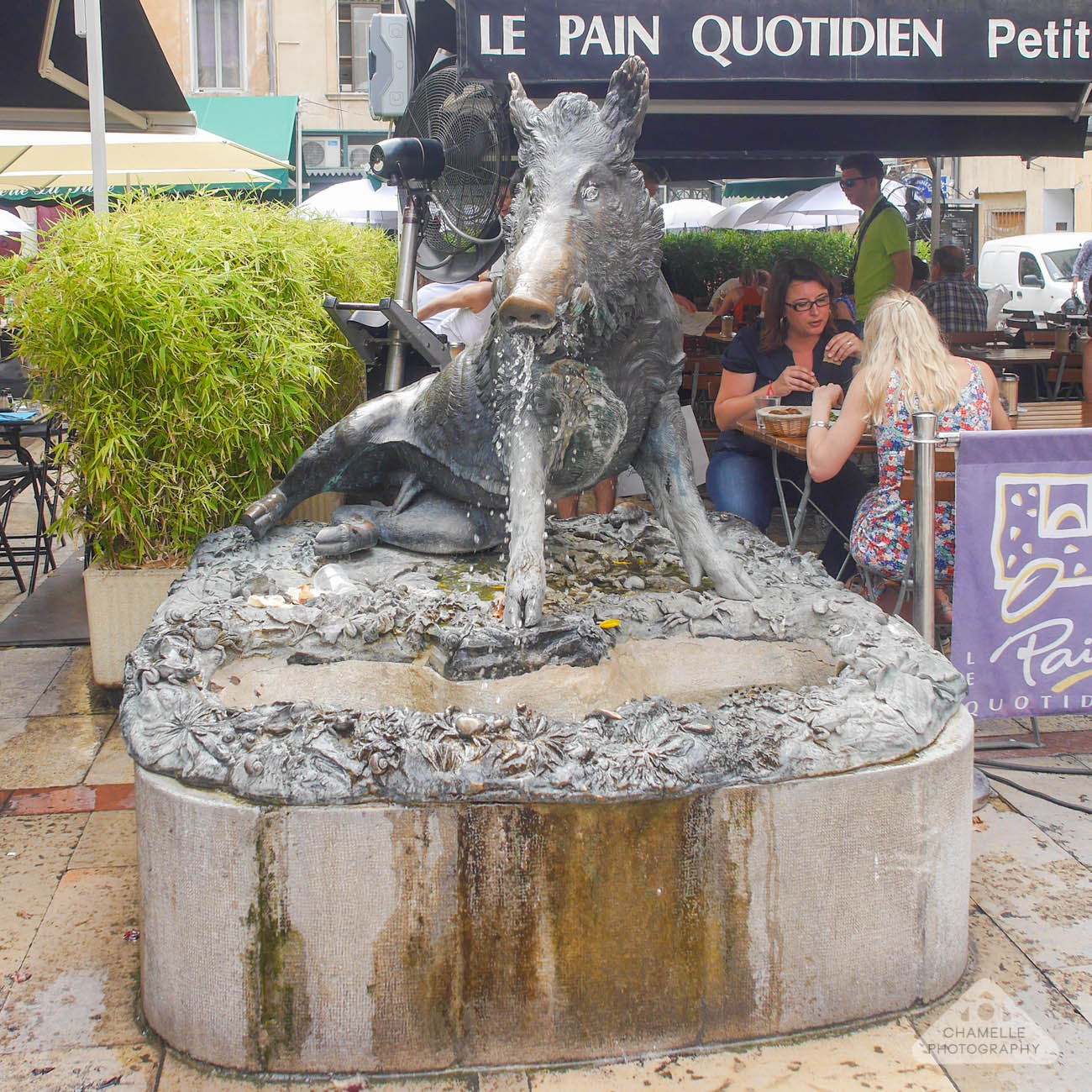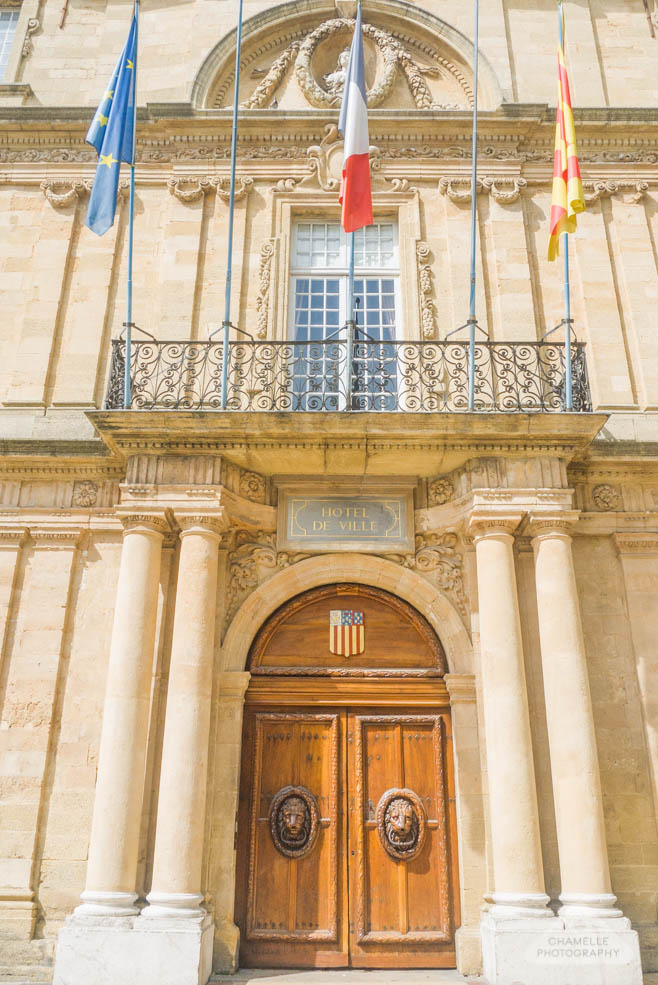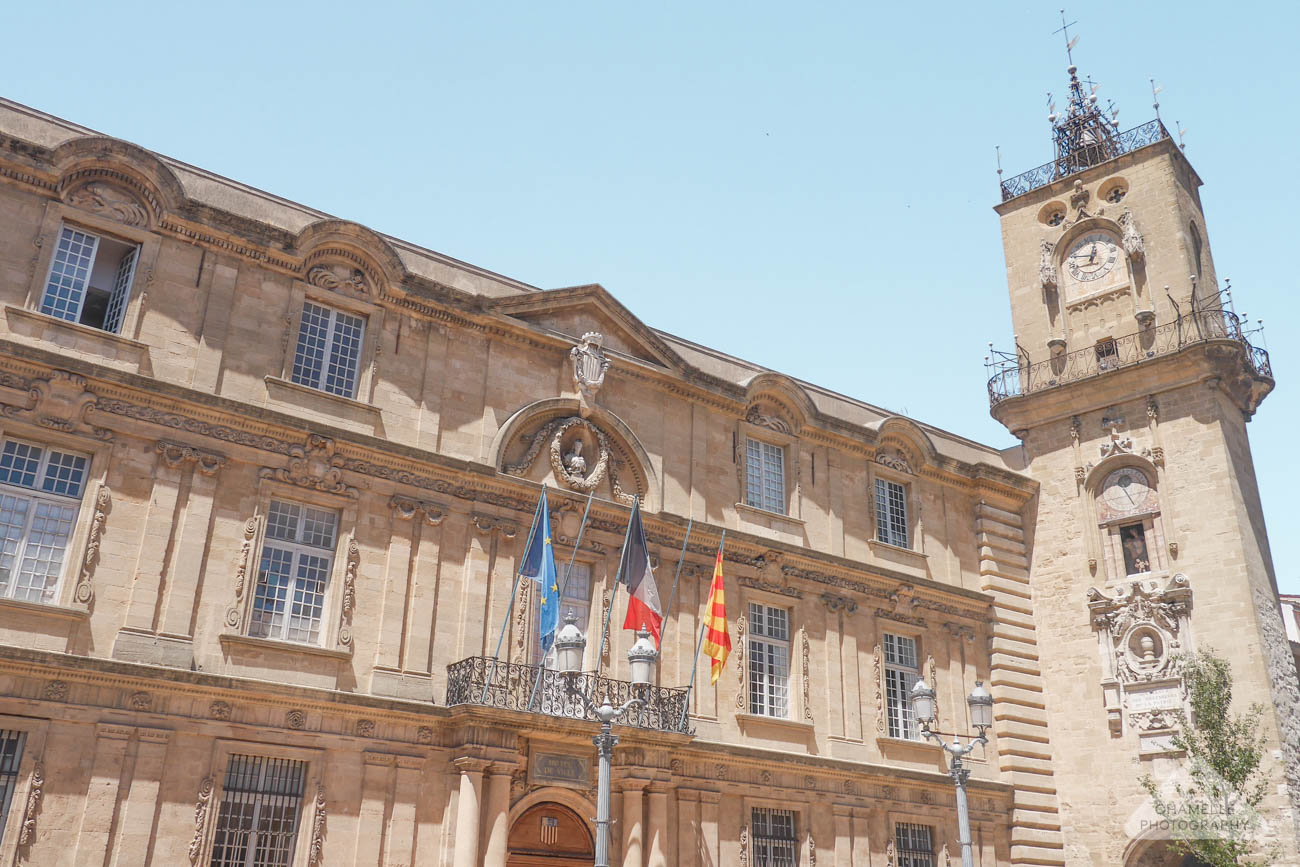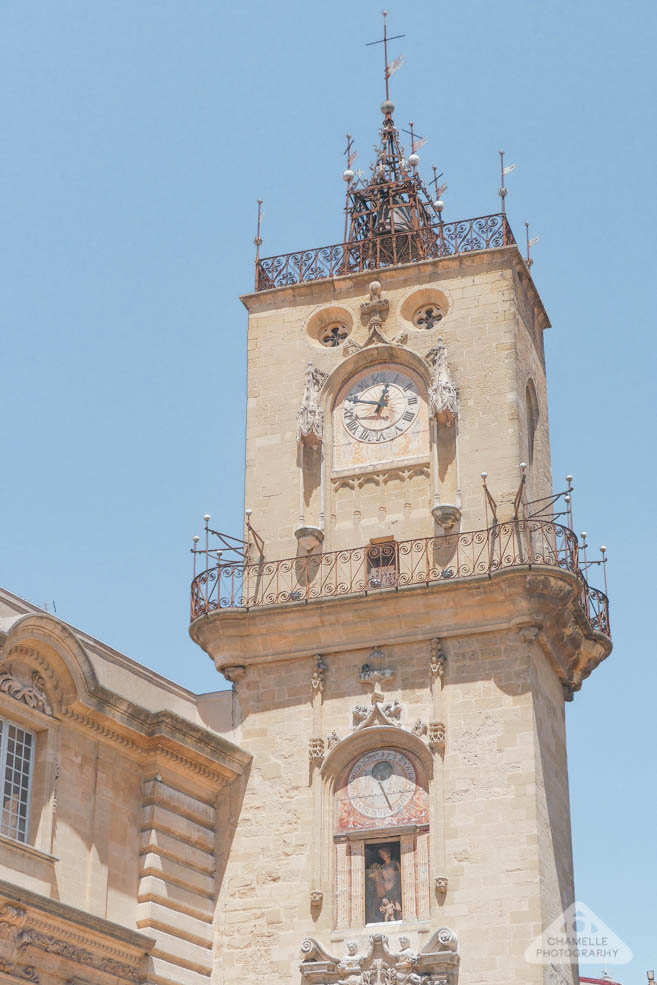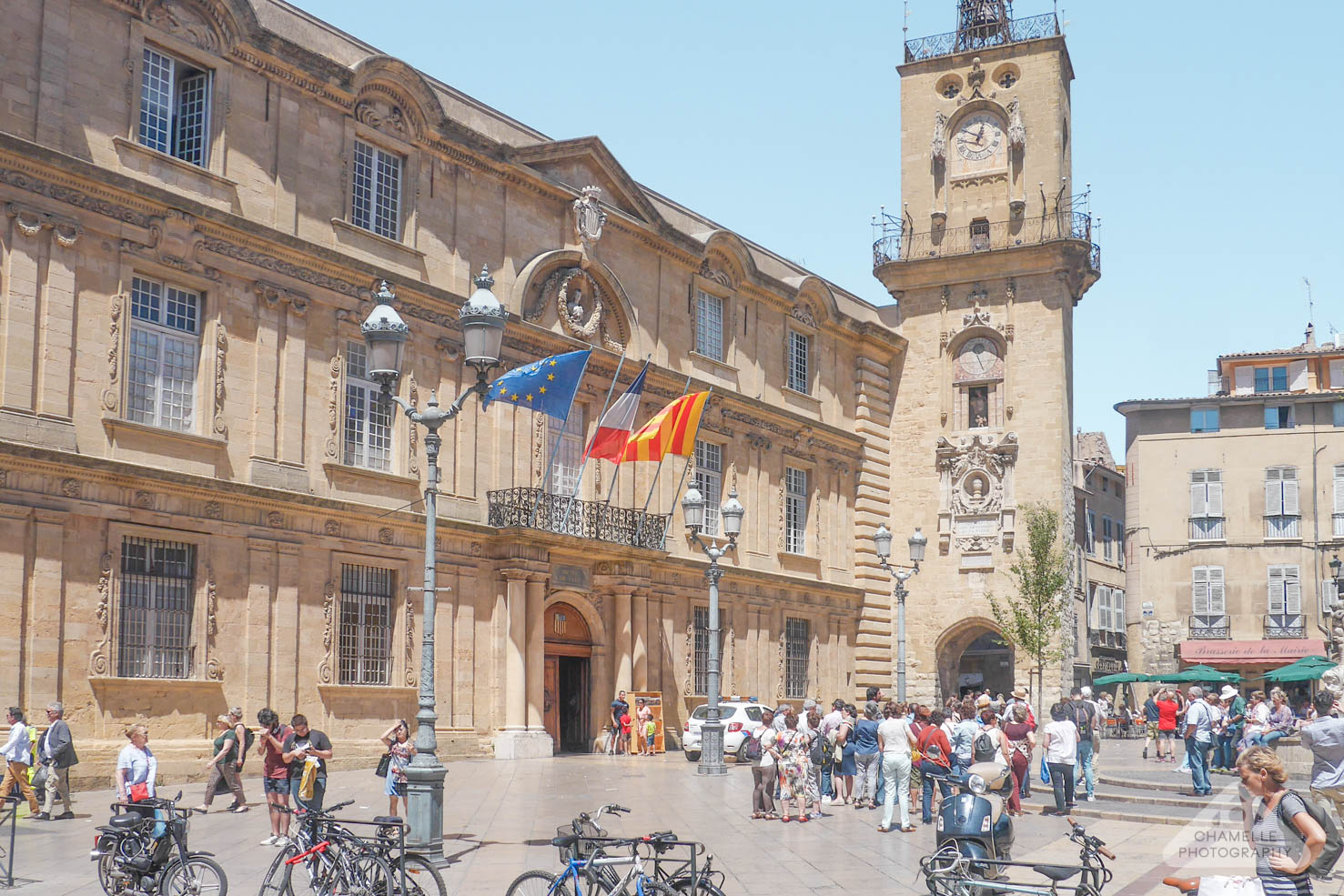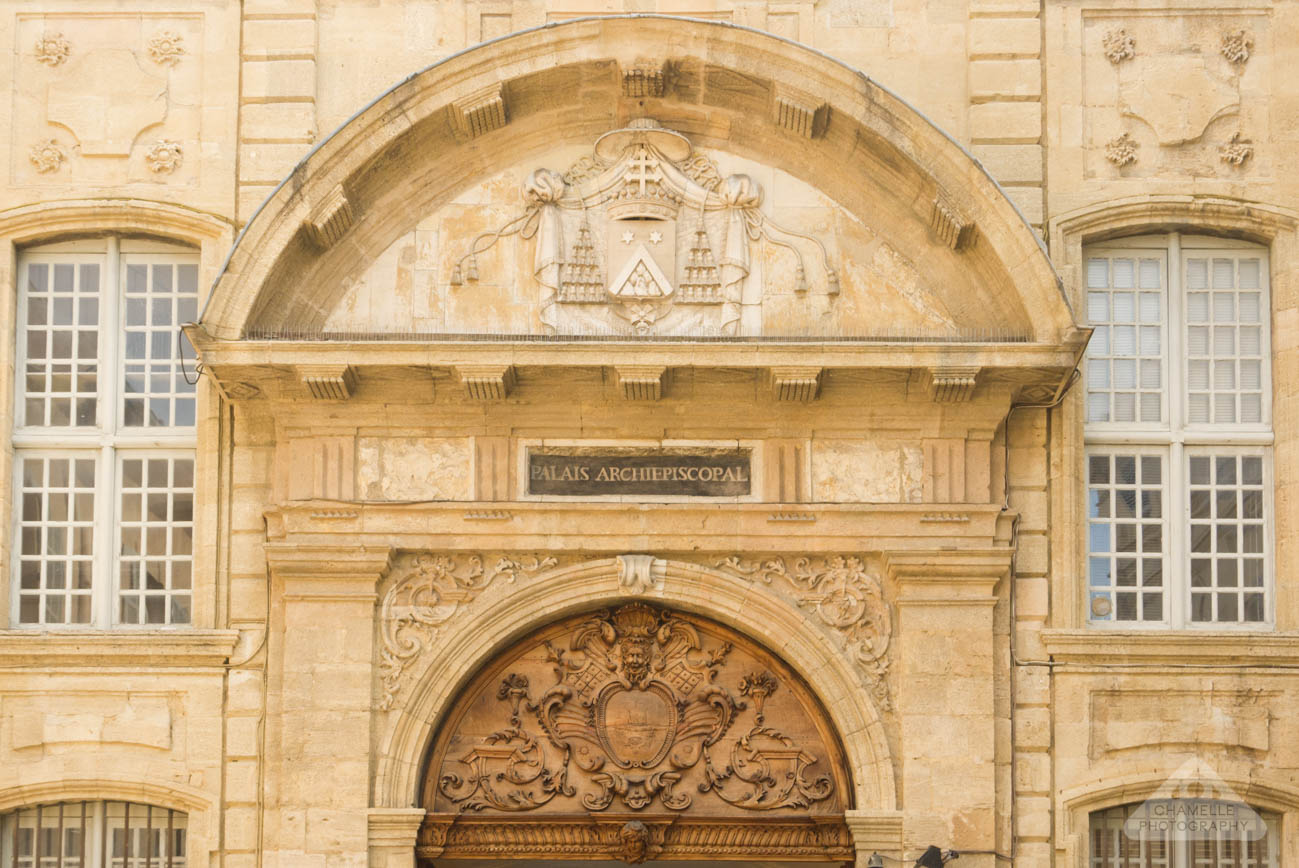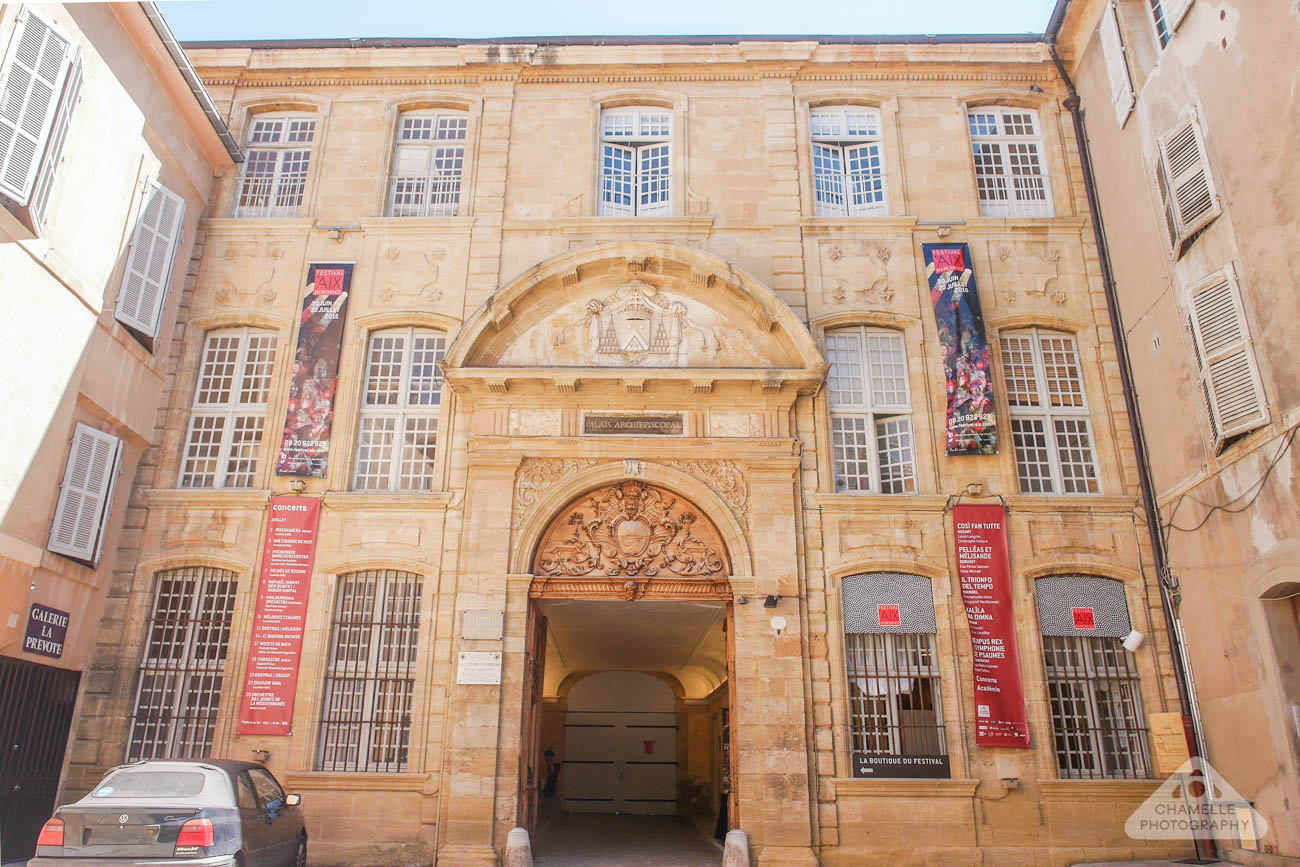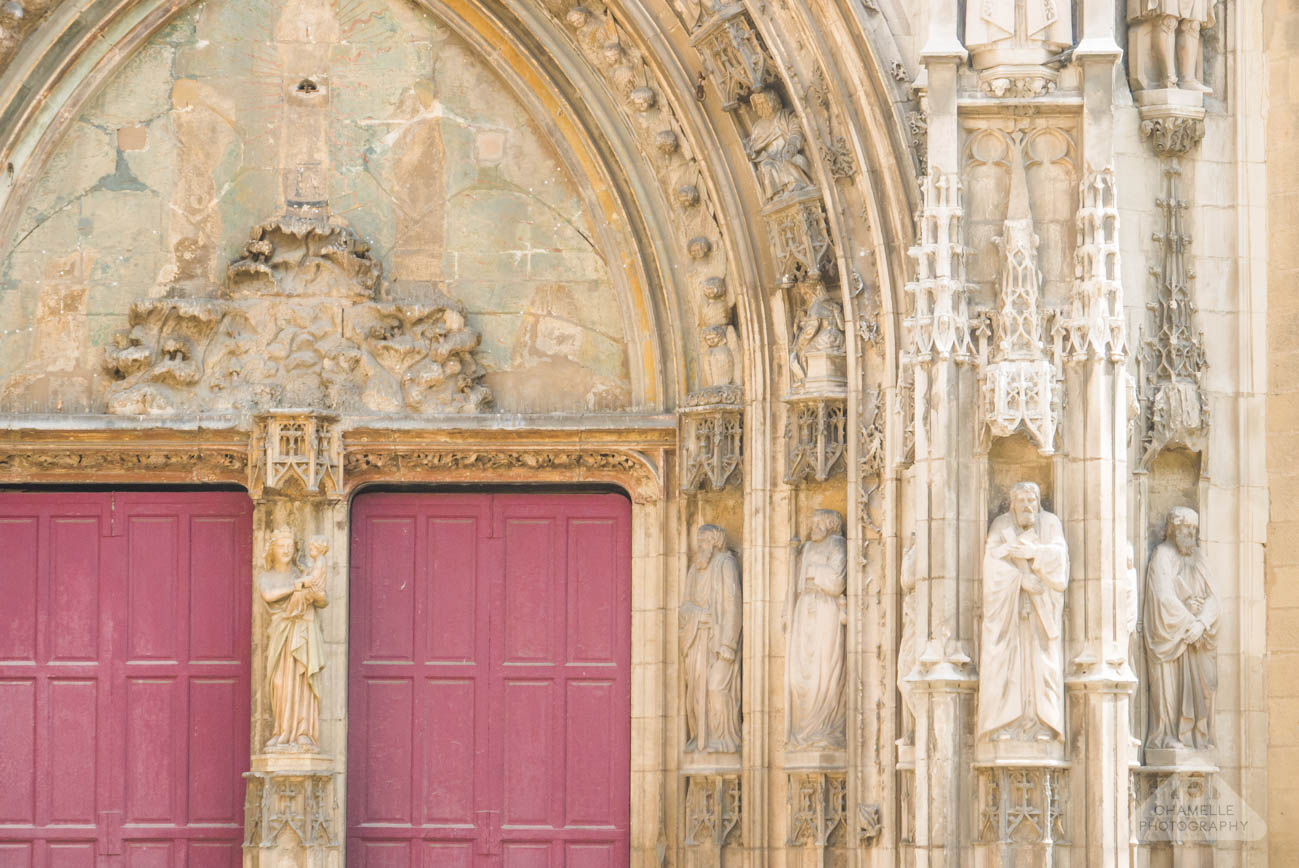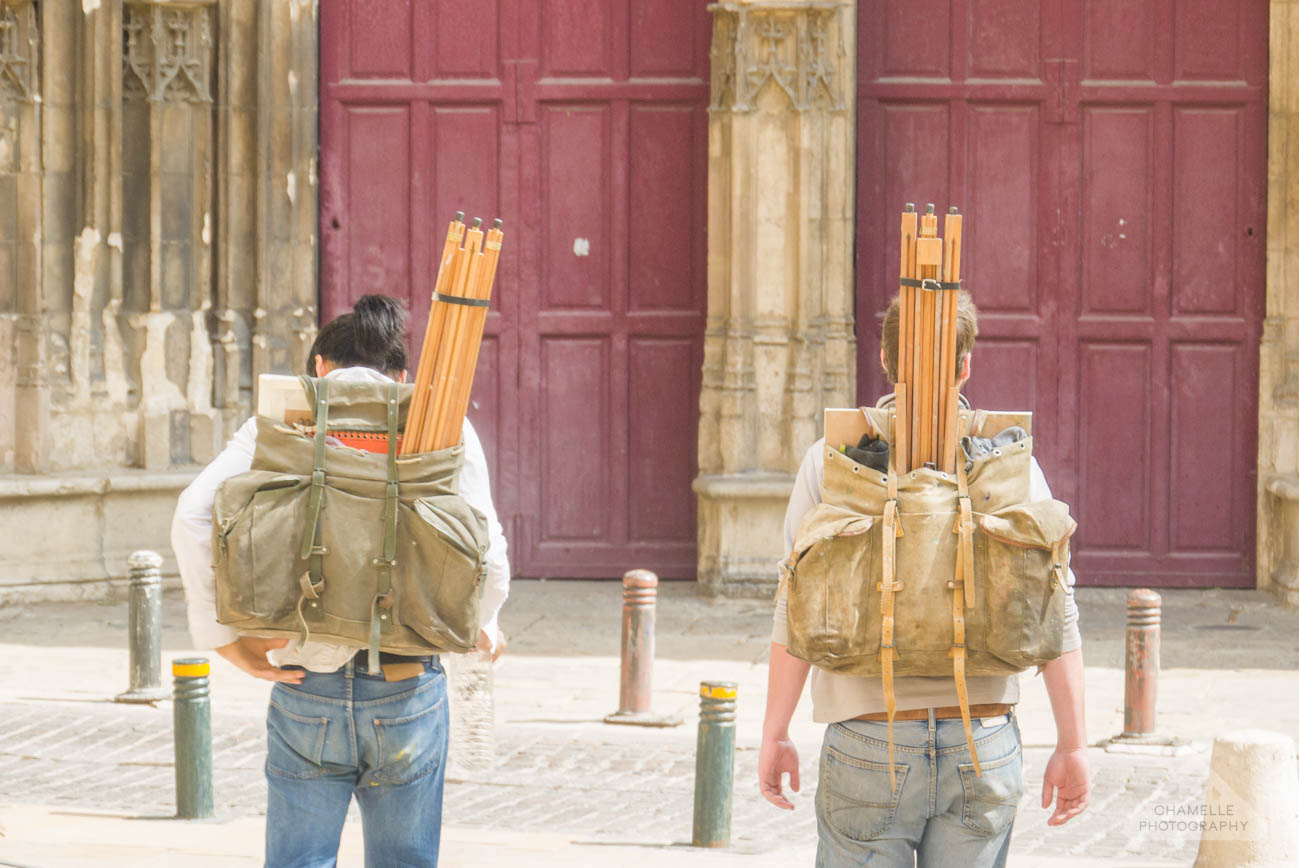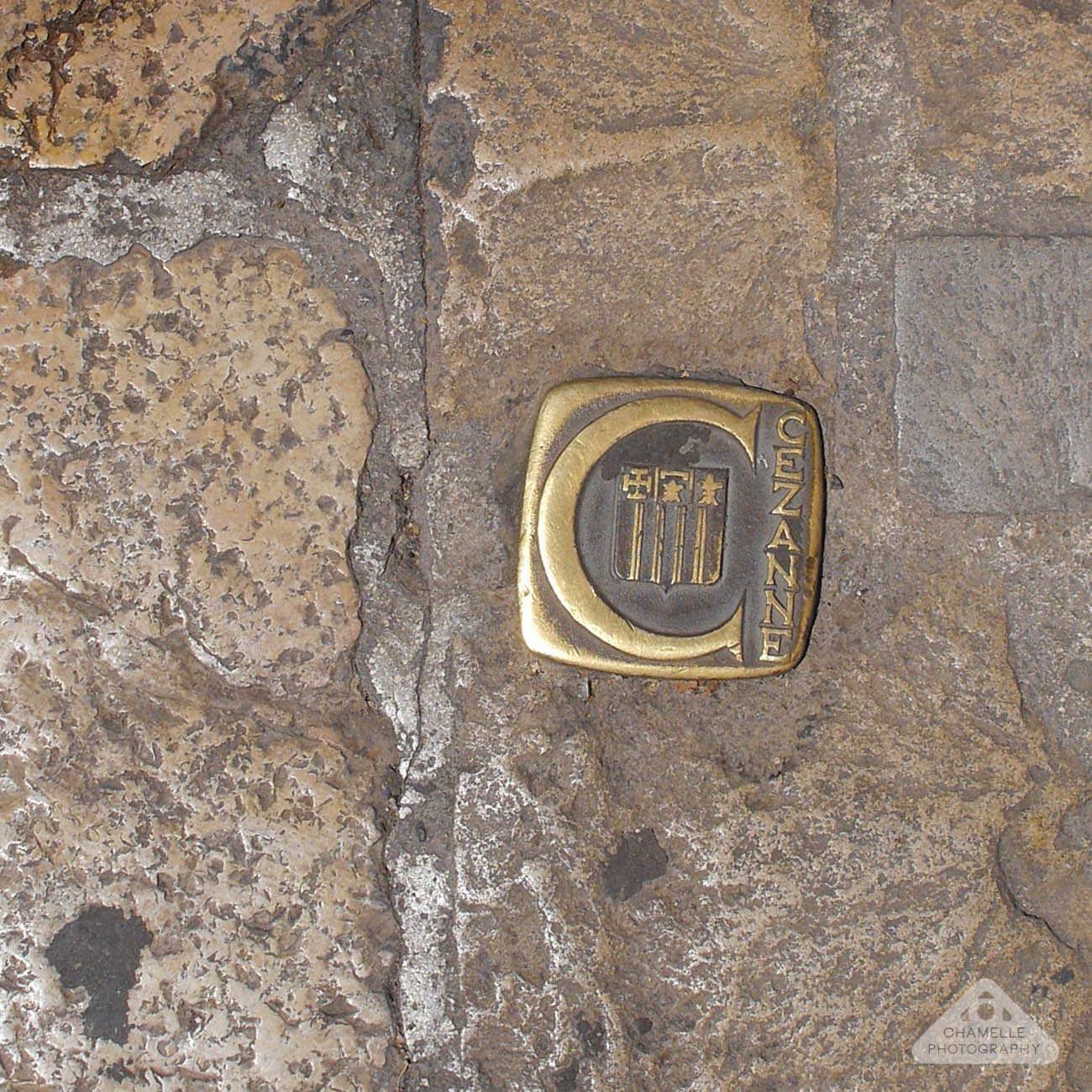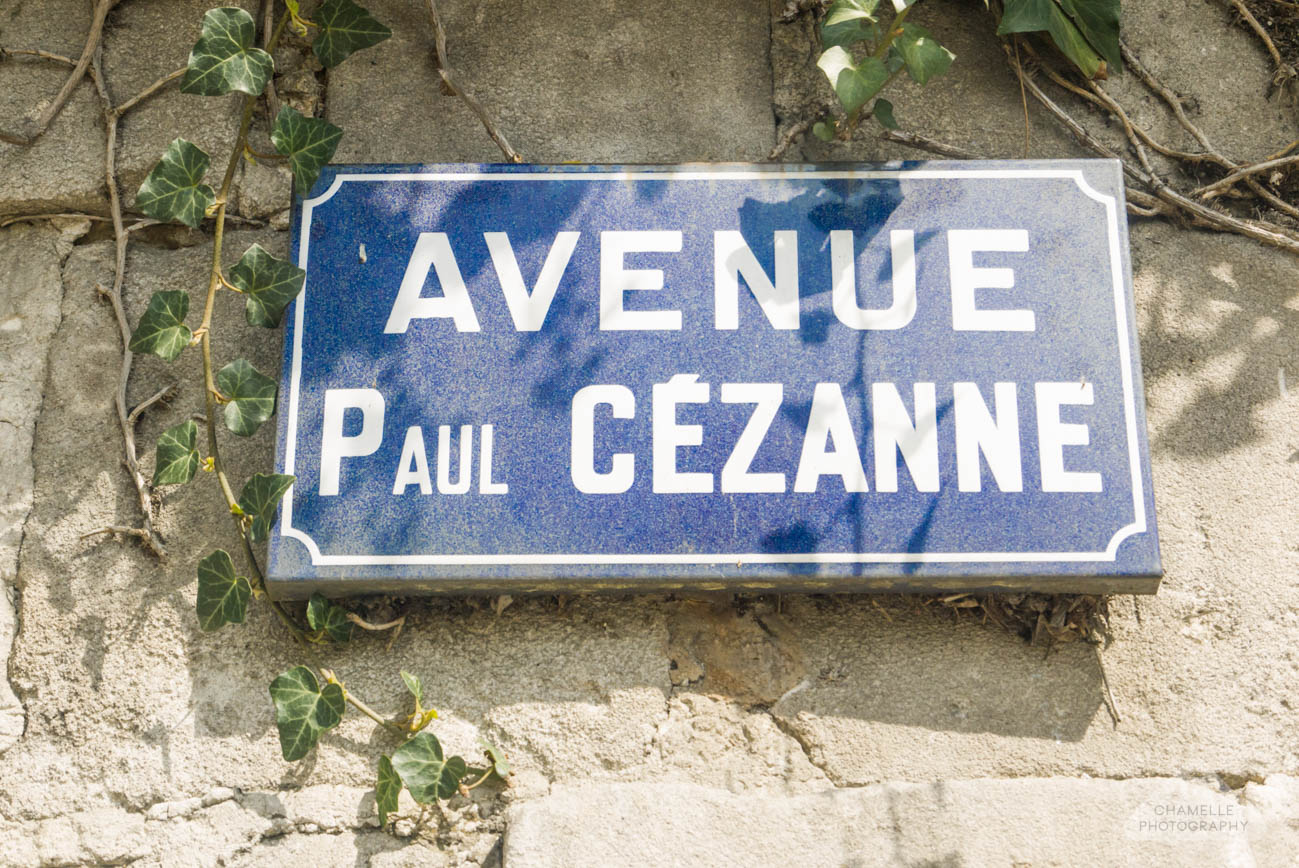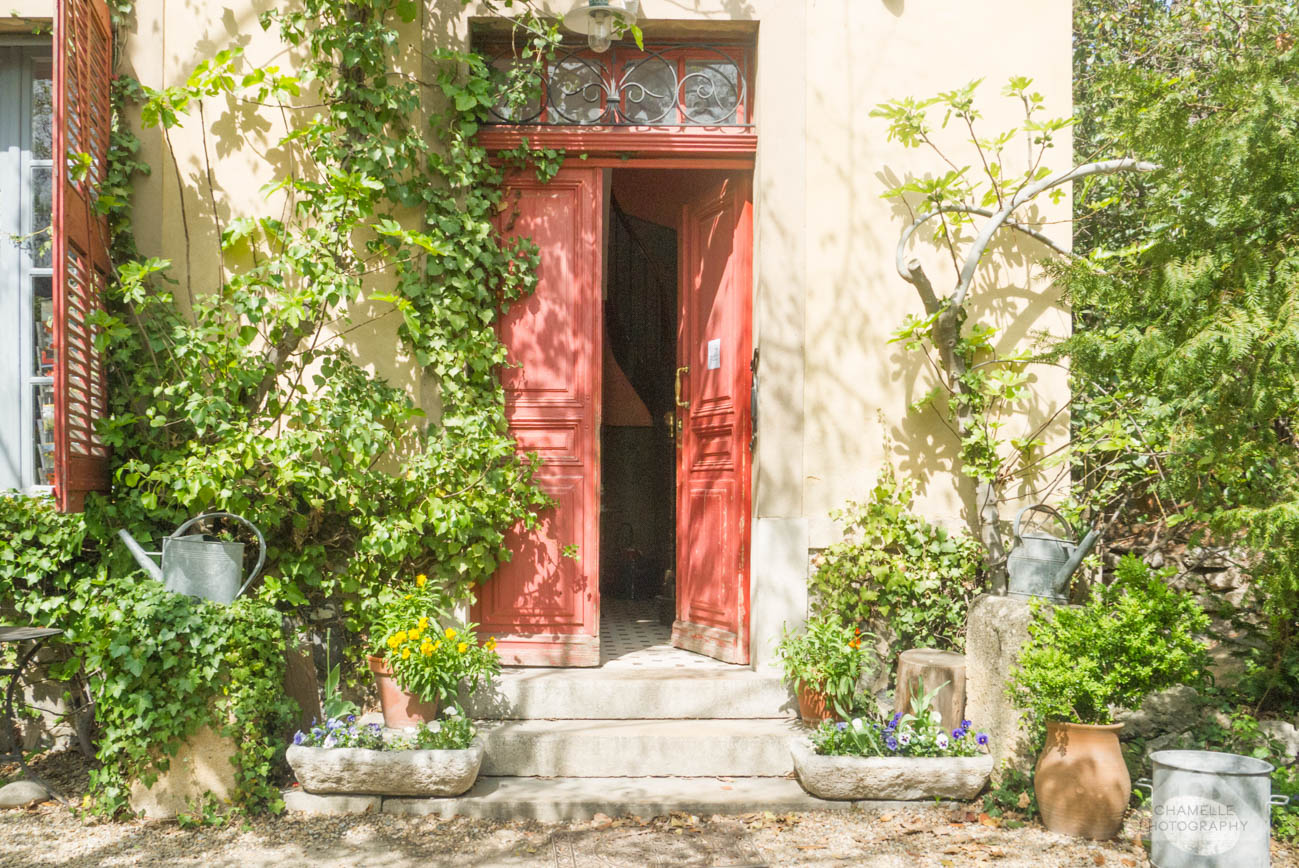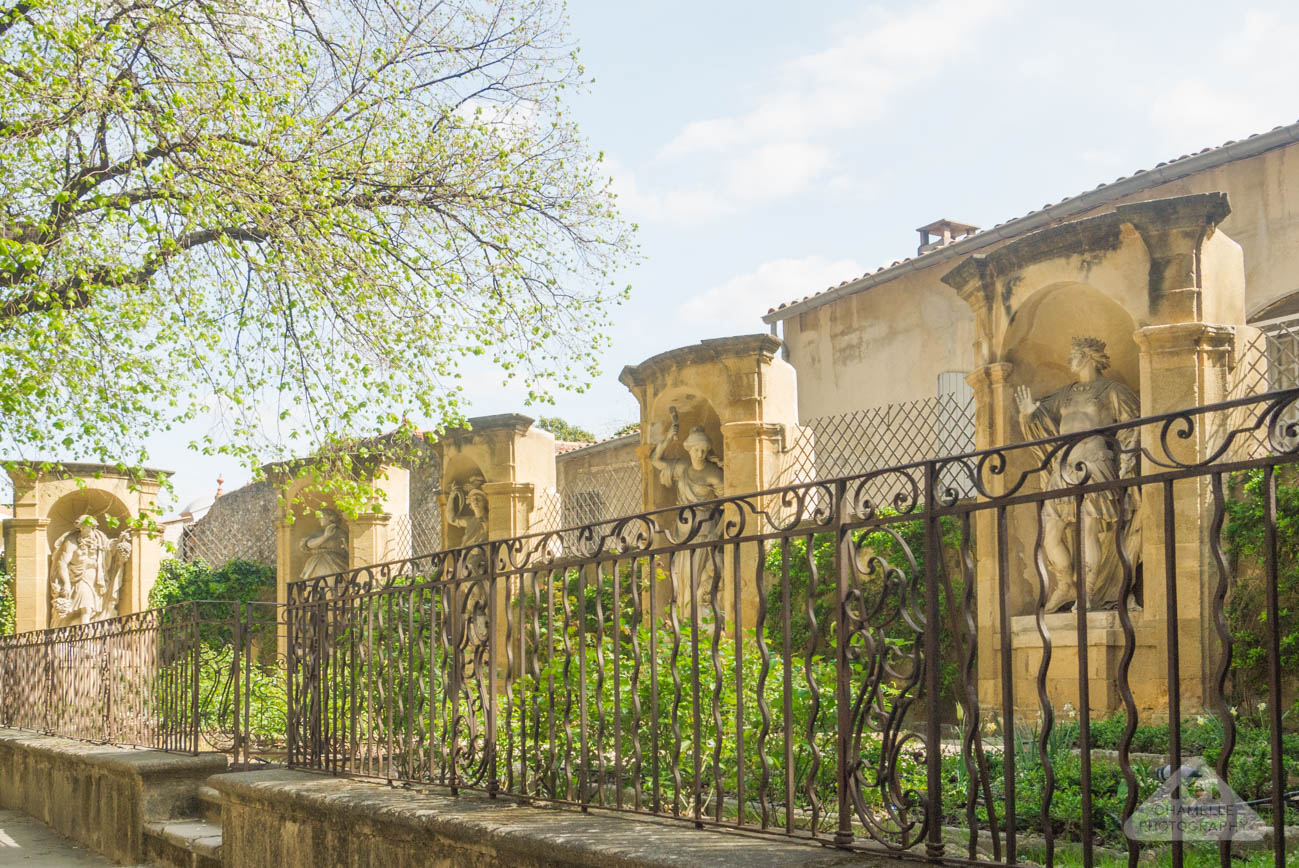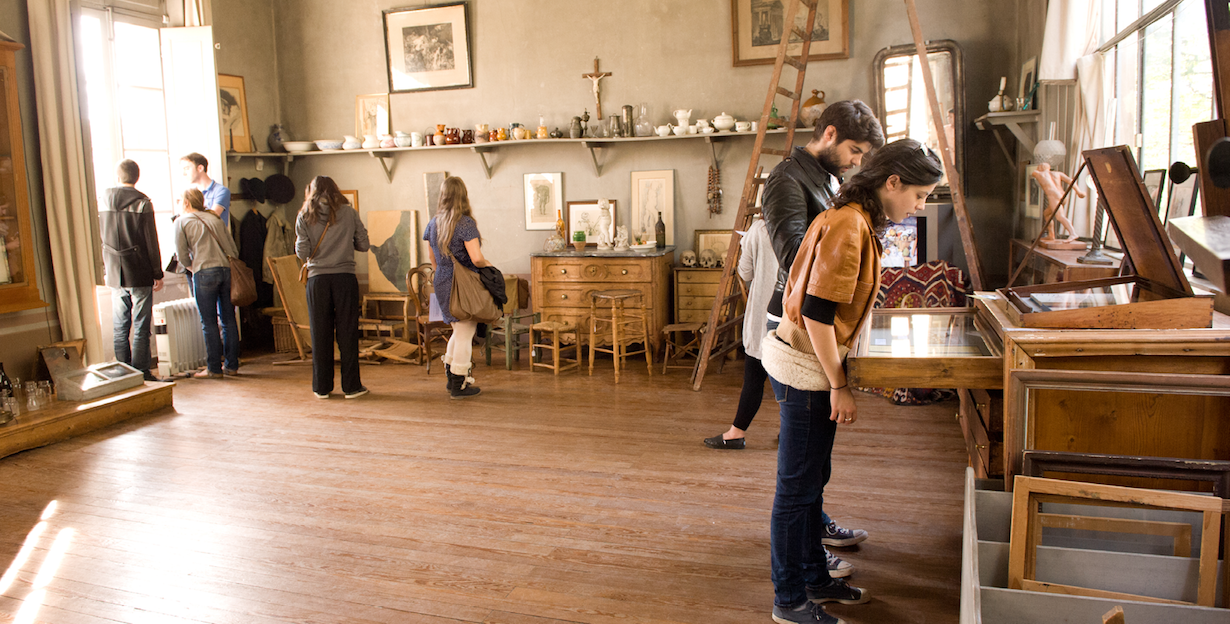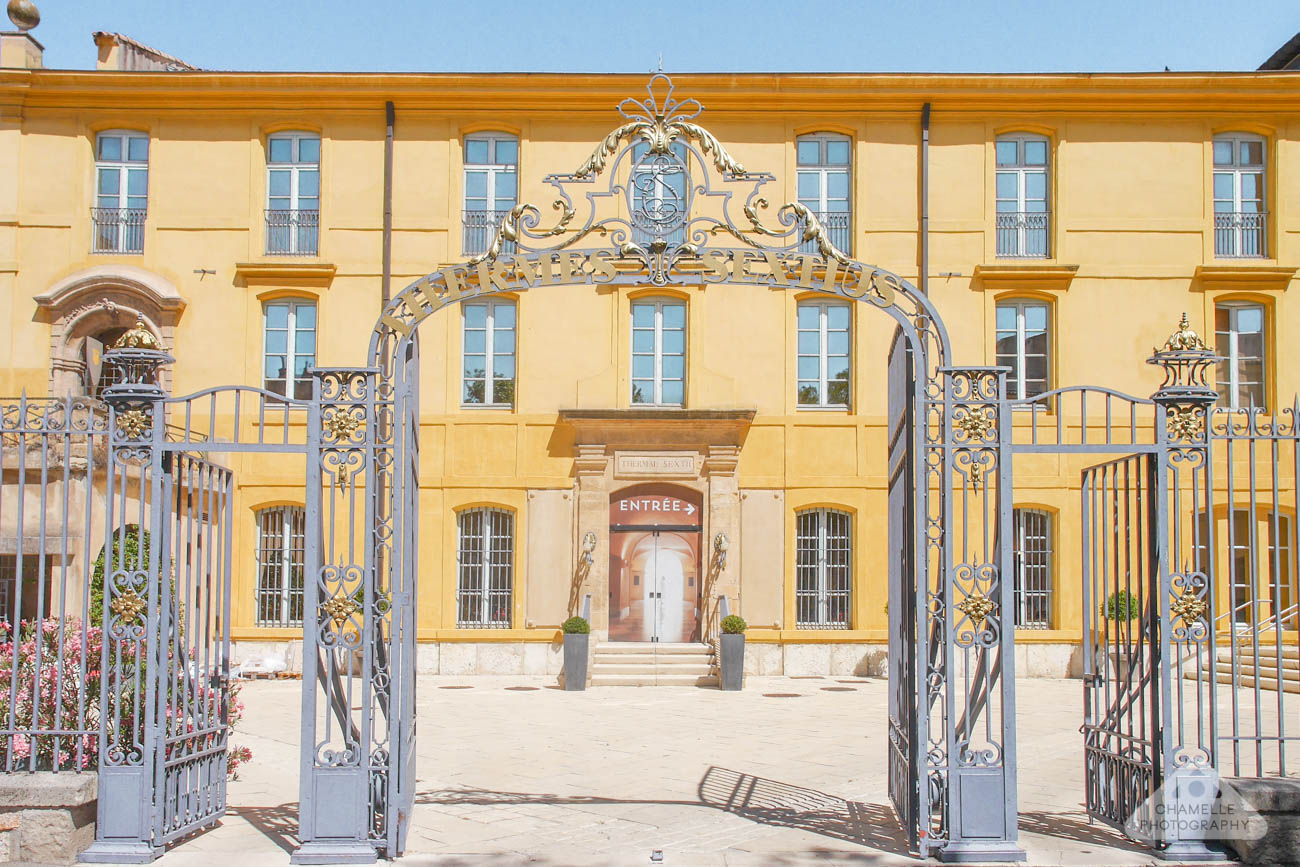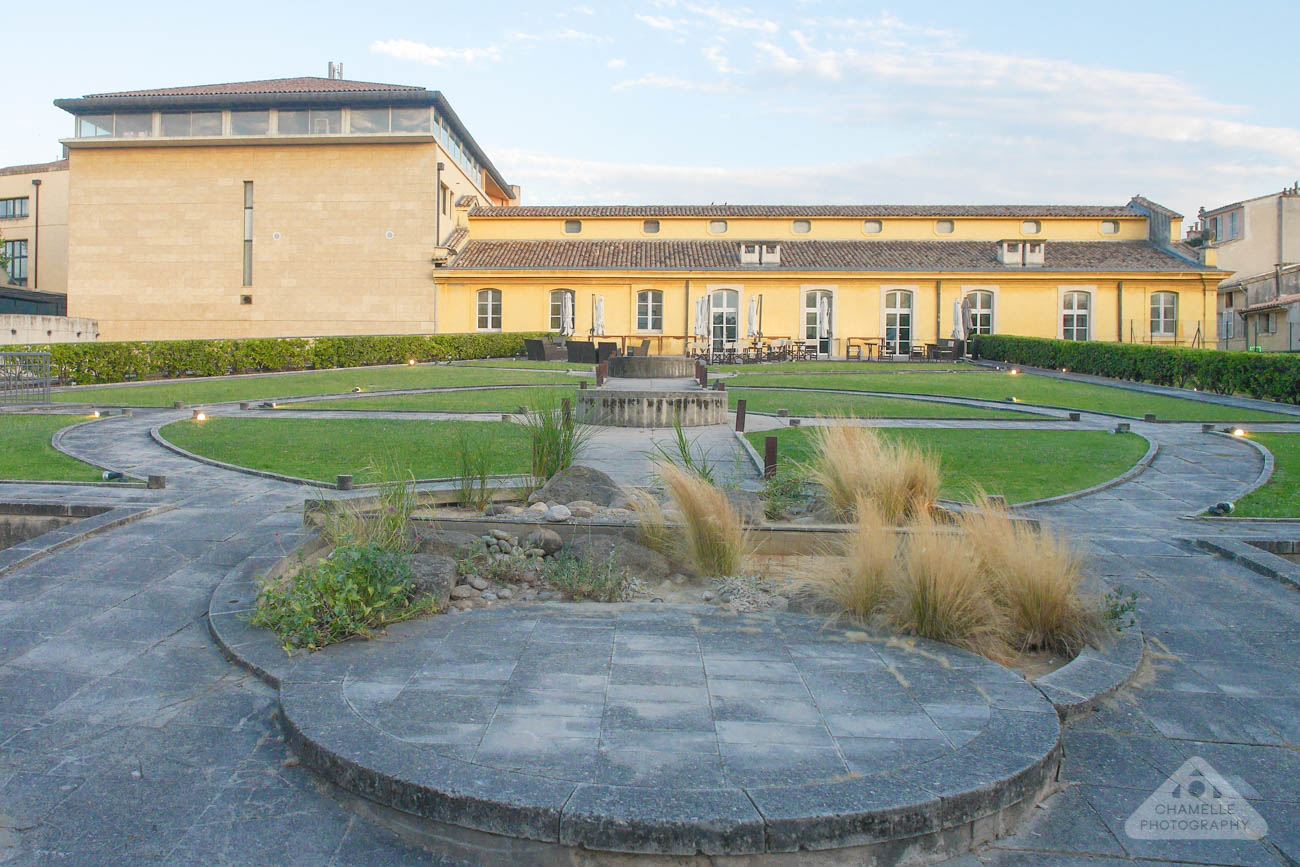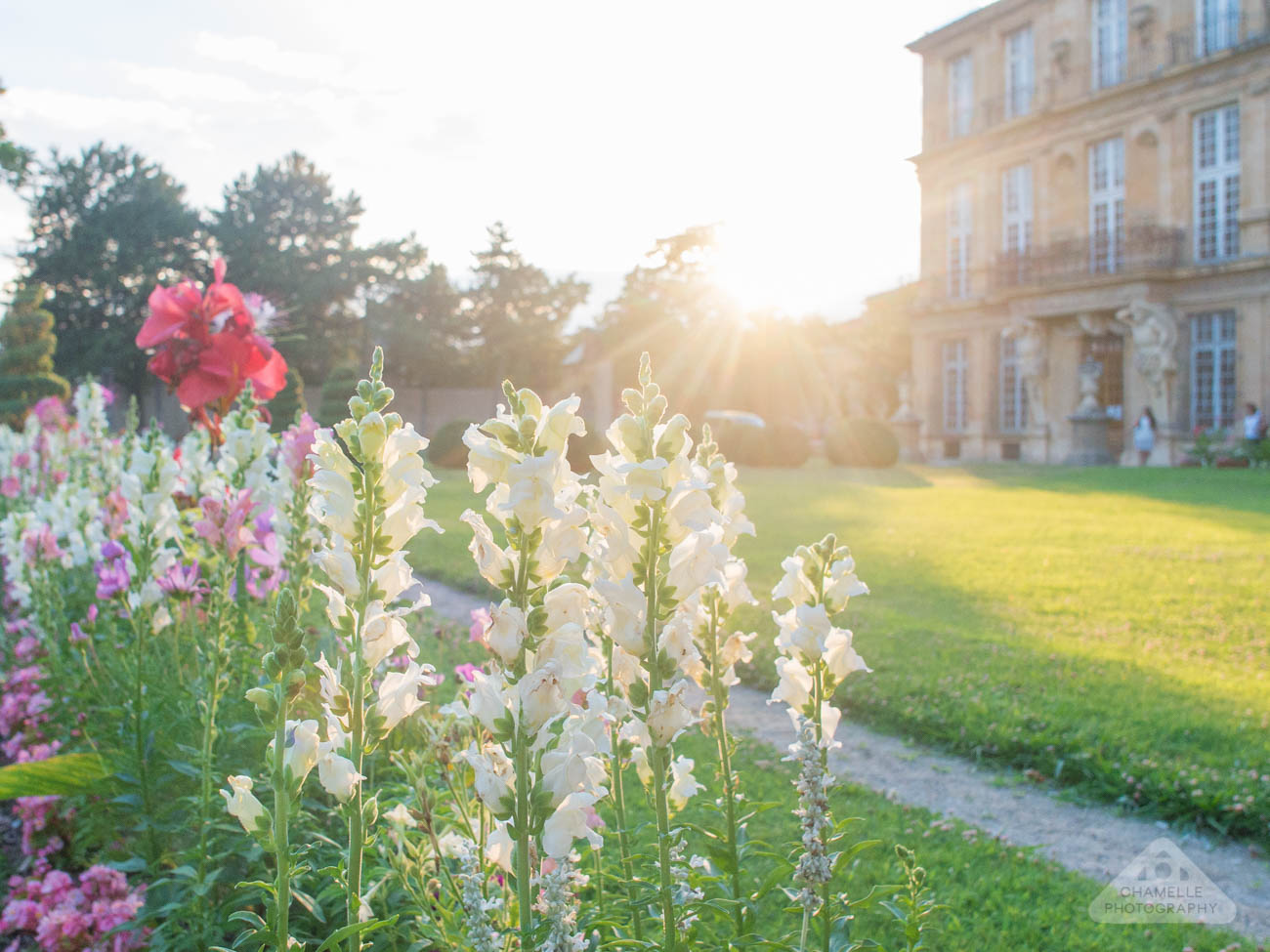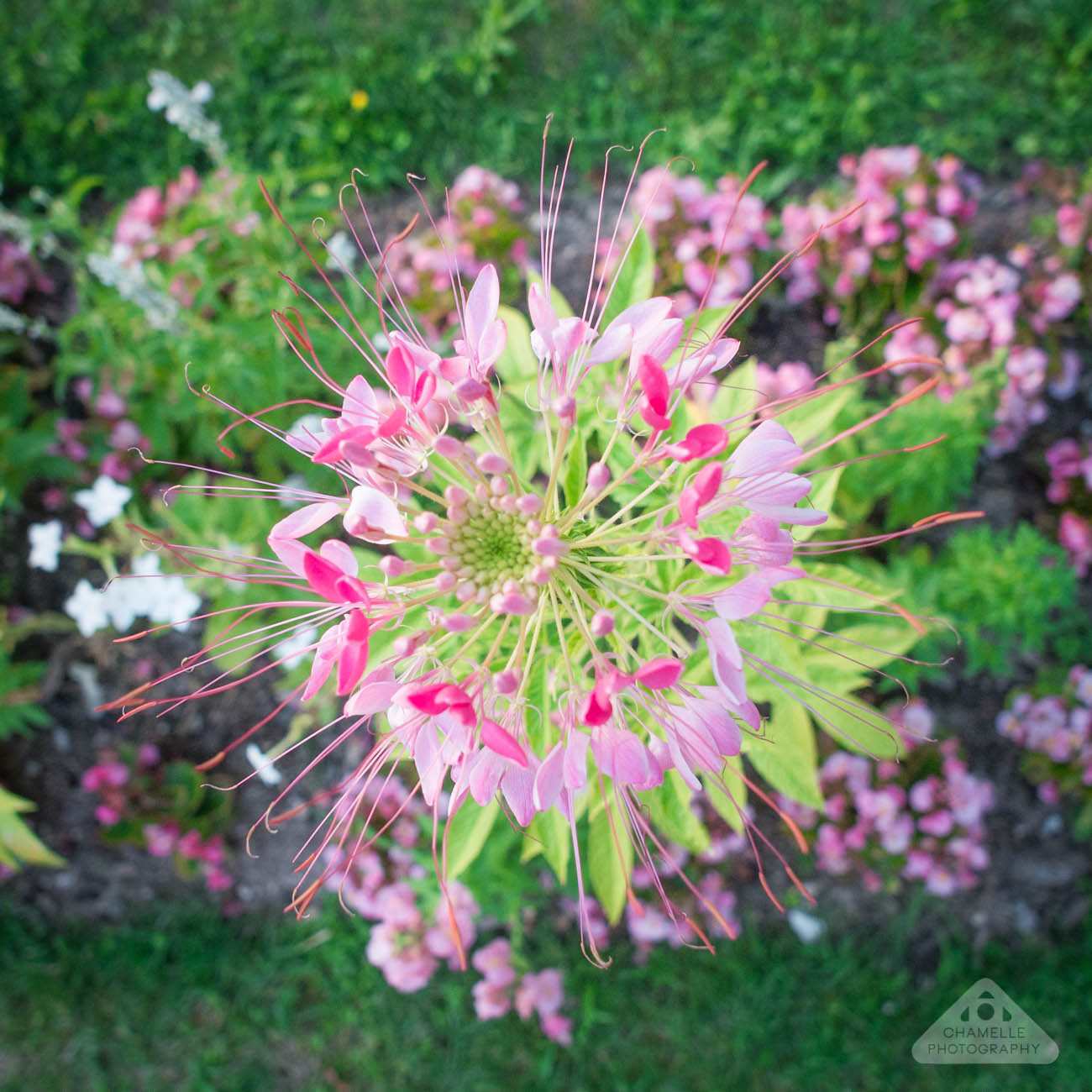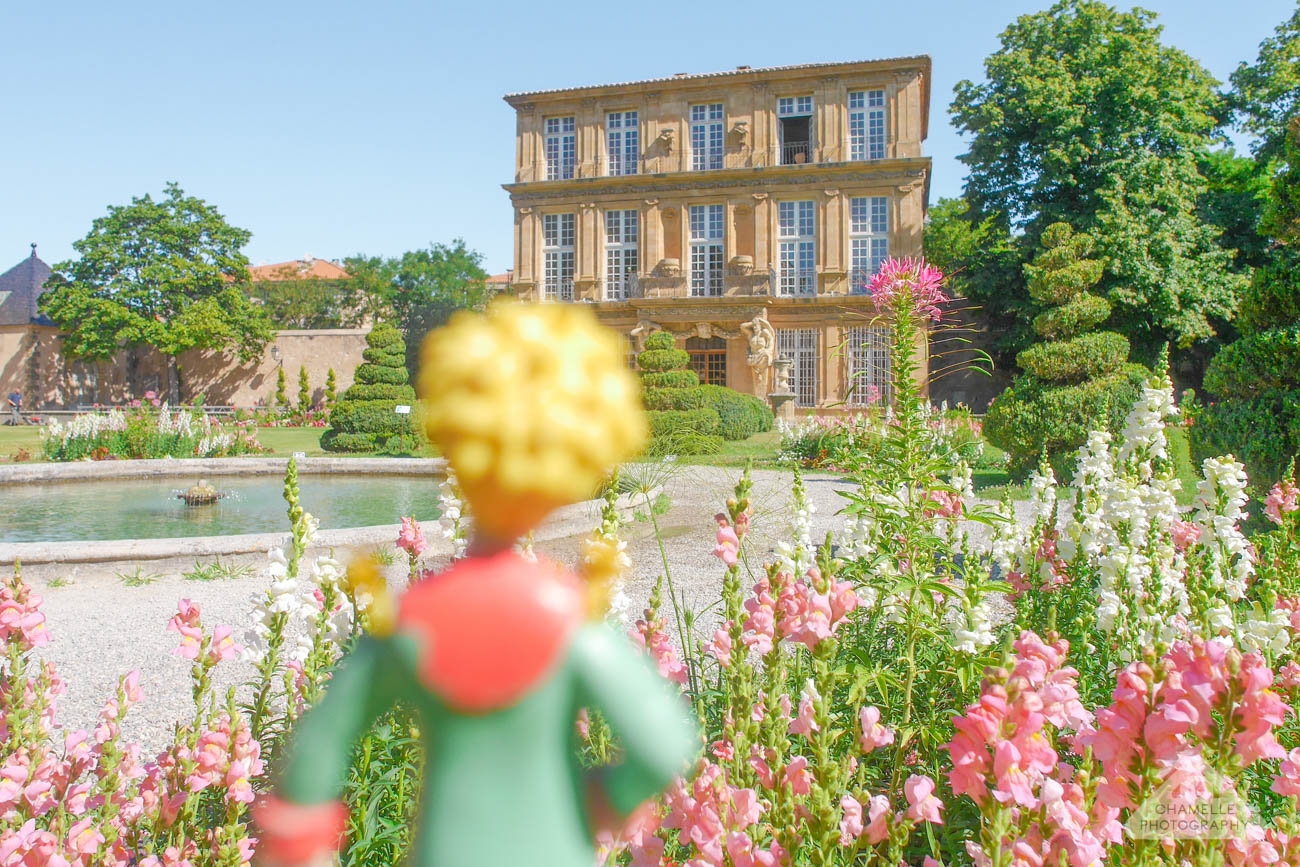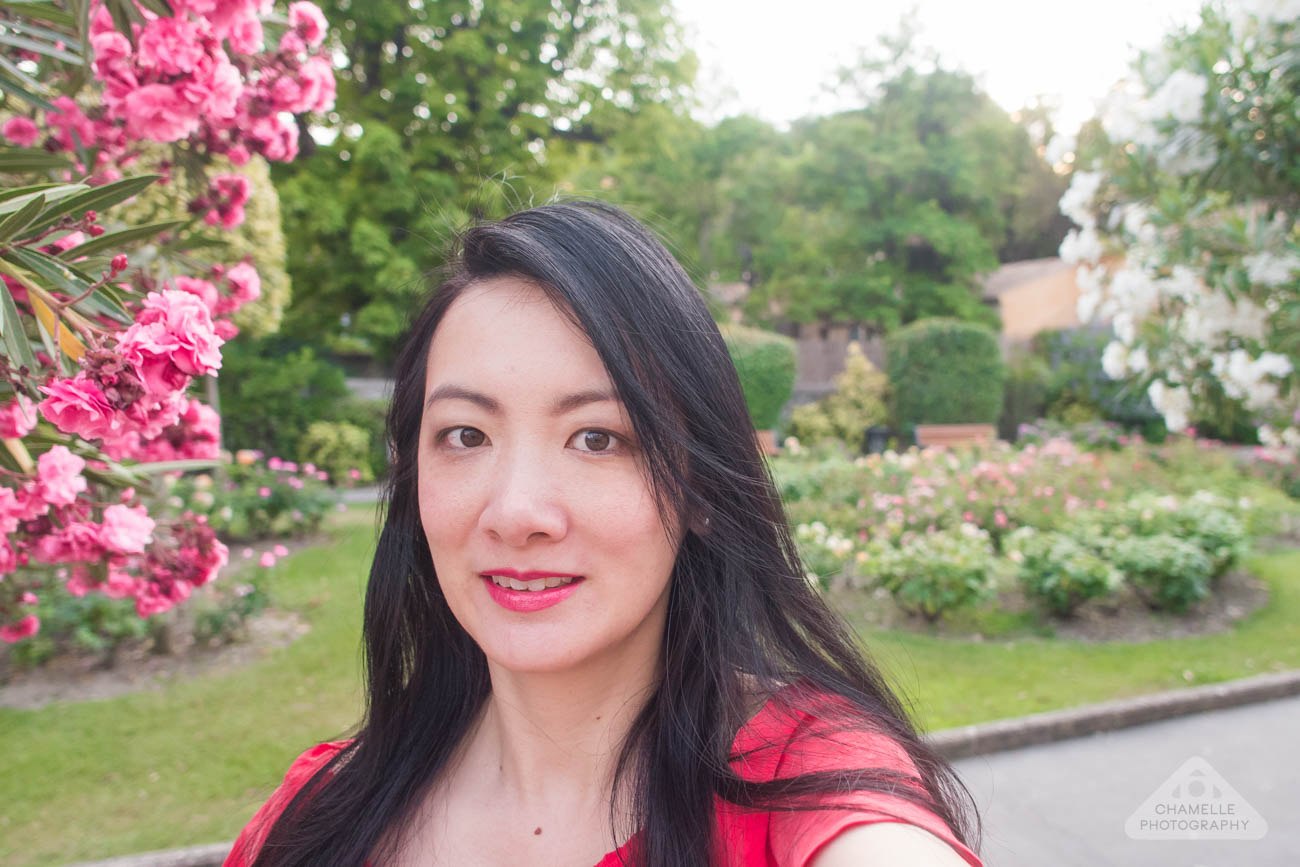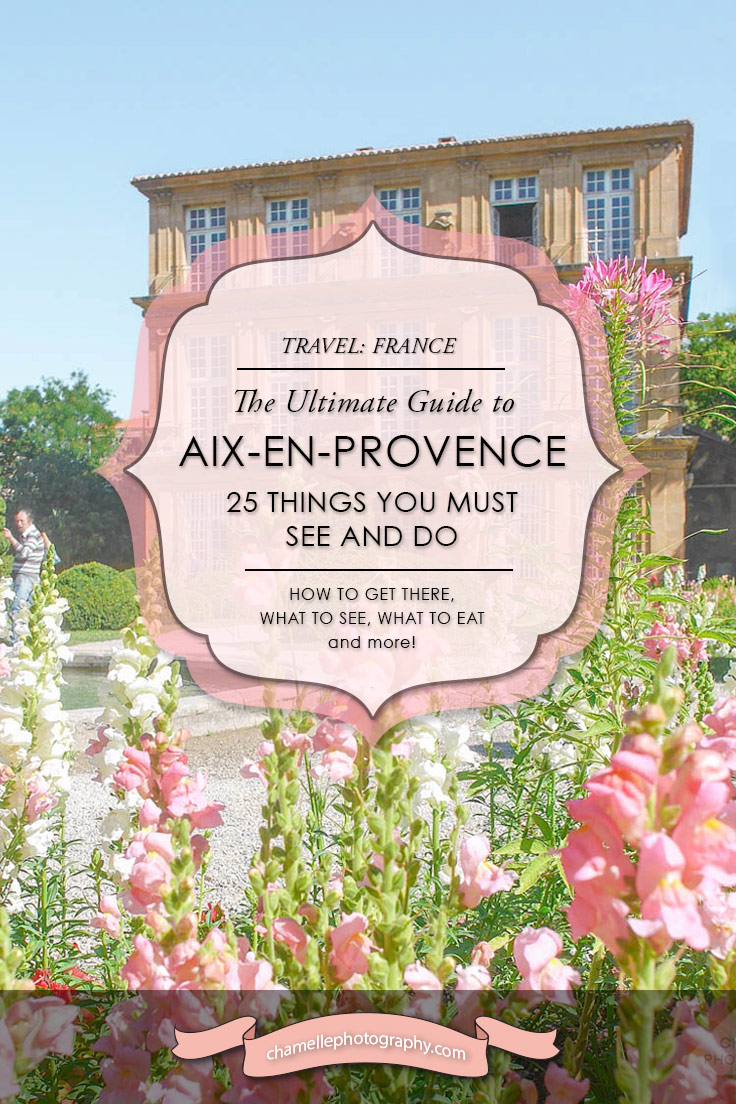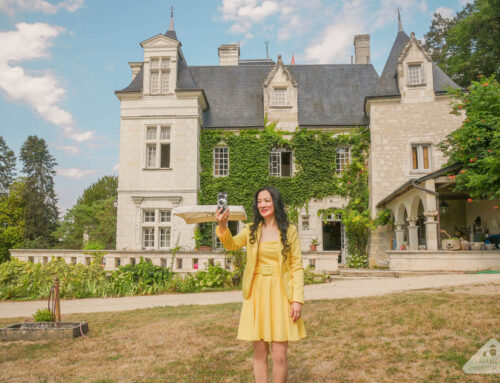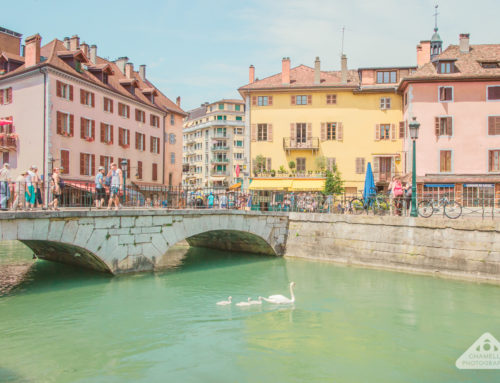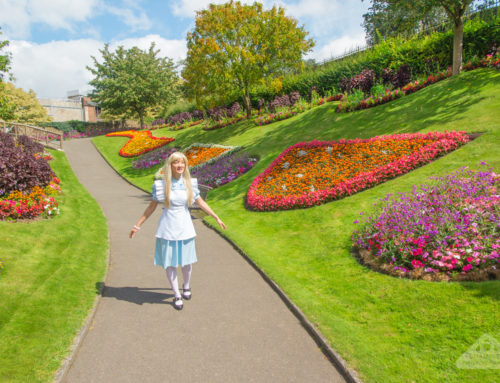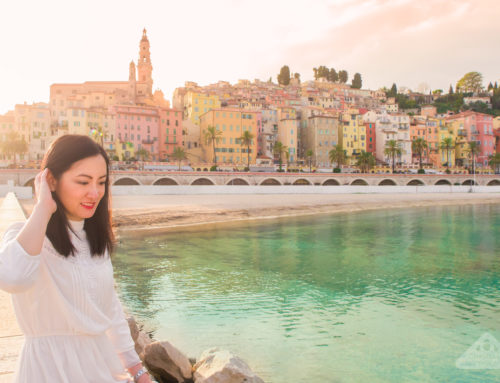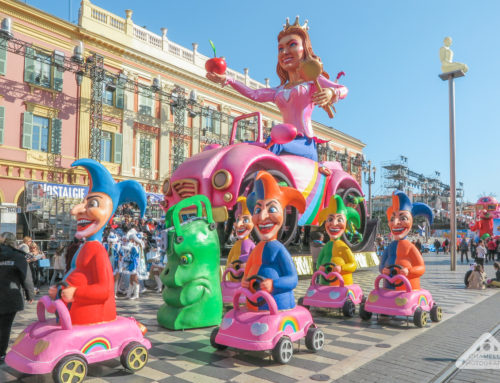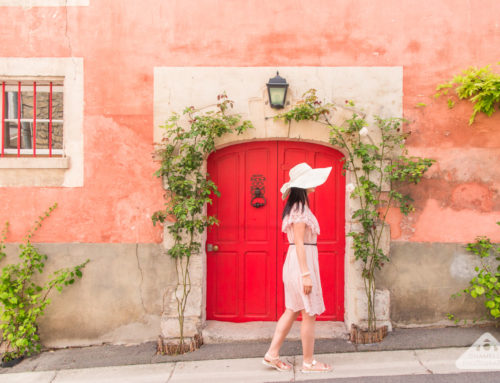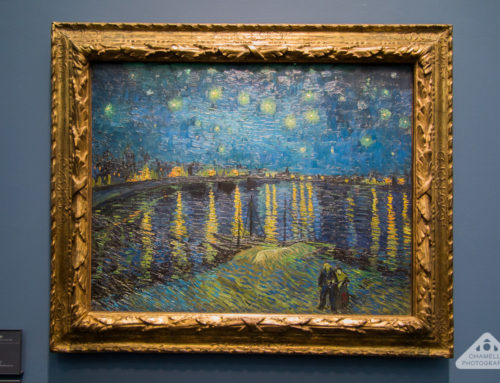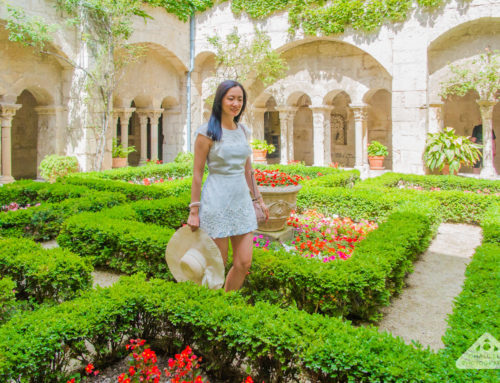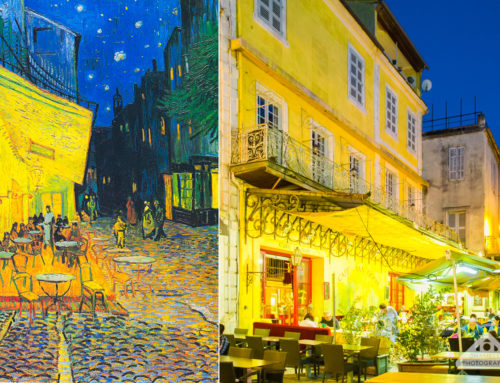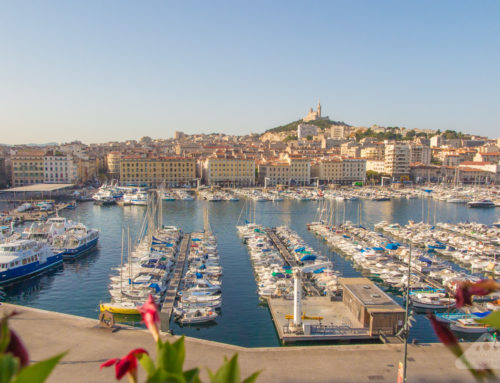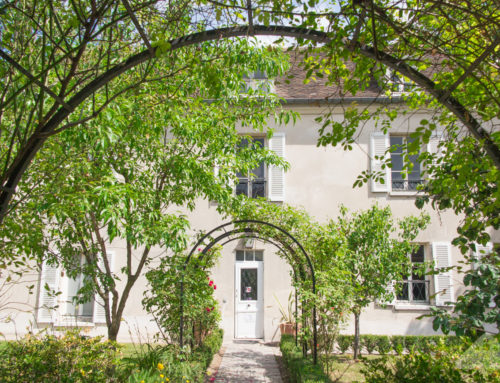I ended up in Aix-en-Provence (pronounced Ex-on-Provonce) completely by accident. I hadn’t planned to go there, I didn’t do any research, I didn’t ask any friends for recommendations about where to go… What happened was, back in 2012 when my mother came to visit me in Europe for the first time I’d booked us a trip to Marseille for the Easter long weekend. When I told some friends and colleagues I’d be going to Marseille many people warned me off the idea telling me how rough and dangerous it’d be. I read some stuff online and then started to freak out a bit but I didn’t want to cancel the trip or change plans completely since I’d already booked the train tickets and hotel. Since I thought 4 days was maybe a little long for Marseille what I decided to do (last minute) was to take a day trip to nearby Aix-en-Provence, which is only about 30 mins away by train. I didn’t really know what to expect but I was blown away by what a cool little city it is, vowing to come back some other day…
Since we had to end our lavender fields trip in Aix, this time I decided to stay overnight to get a better feel for the city. And so, more than 4 years later, here I was back in Aix again…
Aix-en-Provence is a city full of history and wealthy and powerful people. It was founded 123 BC by the Roman consul Sextius Calvinus, who gave his name to its springs (Thermes Sextius – see chapter below) and those very same springs still exist today!
Aix was given the nickname of “La ville aux mille fontaines” (“The city of a thousand fountains“) and for good reason too. Apart from water, Aix is also noted as being a university town and an artists’ town. It’s here that Paul Cézanne established his studio.
These are just a few things which make Aix-en-Provence so interesting. Come with me and see why this is such a spectacular and fascinating town that you must visit!
25 Things you must see and do in Aix-en-Provence (Part I)
Here is a list of 25 things you must see and do in Aix-en-Provence (illustrated by my photos), many of which you’ll stumble upon simply by walking around the city. NB: This list is by no means exhaustive but features a couple of things I found interesting.
PART I : LA VIEILLE VILLE (OLD TOWN) of AIX-EN-PROVENCE
- La Fontaine de la Rotunde (Fountain of the Roundabout)
- Cours Mirabeau
- Fountains of Cours Mirabeau
- Hôtels Particuliers in Aix-en-Provence
- Hôtel de Caumont Centre d’Art (Caumont Art Centre)
- Fontaine de la Place d’Albertas (Albertas Square Fountain)
- Église du Saint Esprit (Holy Spirit Church)
- Il Porcellino (The Piglet) statue
- Hôtel de Ville d’Aix-en-Provence (Town Hall)
- Palais de l’Archevêché (Archbishop’s Palace) / Musée des Tapisseries (Tapestry Museum)
- L’Instutit d’études politiques / Sciences Po Aix (Political Science School of Aix)
- Cathédrale Saint Sauveur (Aix Cathedral)
- Atélier de Cézanne (Paul Cézanne’s studio)
- Thermes Sextius (Thermal Hot Springs)
- Pavillon Vendôme (Vendôme Pavillion and gardens)
PART II : CONTEMPORARY AIX-EN-PROVENCE
- Mur d’eau d’Aix-en-Provence (Water wall)
- Conservatoire de Musique / Conservatoire Darius Milhau (Conservatory of Music)
- Ballet Preljocaj / Centre chorégraphique national d’Aix-en-Provence AKA ‘Pavillon Noir’ (Choreography centre of Aix-en-Provence AKA the ‘Black Pavillion’)
- Bibliothèque Méjanes / Cité du Livre (City of books Aix-en-Provence Library)
- Le Grand Théâtre de Provence
DO :
- Le Grand Marché – Textile, artisanat, brocante (Clothing and Textile market in Aix-en-Provence)
- Marché aux fruits et légumes d’Aix-en-Provence (The Produce Market of Aix-en-Provence)
- Art lessons in Aix-en-Provence with Catherine Moullé of Quatrinaime
LA VIEILLE VILLE (OLD TOWN) of AIX-EN-PROVENCE
1 La Fontaine de la Rotunde (Fountain of the Roundabout)
This is an enormous fountain/statue placed right in the middle of the city’s main roundabout, located at the start of Cours Mirabeau. You can’t miss it. Although it may seem strange to place a fountain on a roundabout, trust me, in France this is actually quite common as they try to disguise ‘ugly’ things with pretty things. I find this very amusing.
This 41 metre diameter 12 metre high fountain was designed in 1860 by engineer Théophile de Tournadre. It features lions, swans, dolphins and angels! Three statues of women stand on the summit, each designed by a different sculptor. They symbolise 1) justice, 2) commerce and agriculture and 3) fine arts and indicate the activities that take place in Aix. These three statues have given the fountain the nickname of « La Fontaine des Trois-Grâces » (“Fountain of the Three Graces”). The water’s source is the Canal de Provence.
2 Cours Mirabeau
(pronounced koor mirabo) This is the main street of Aix-en-Provence. This wide, 440 metres long plane tree-lined fountain-studded road is known as one of France‘s most beautiful. Previously simply known as “Le Cours”, it was renamed “Cours Mirabeau” in 1876. The name was chosen in honor of Honoré Gabriel Riqueti de Mirabeau elected representative of Aix in 1789.
This street divides Aix into two parts, the Quartier Mazarin, or “new town”, which extends to the south and west, and the Ville comtale, or “old town.” The Quartier Mazarin is named after Michele Mazzarino (Michel Mazarin), the Archbishop of Aix-en-Provence in 1645.
In 1894 a tramway was constructed along this street and it eventually disappeared in 1947. No tramline was ever put back here, much to the protest of nearby residents.
3 The Fountains of Cours Mirabeau
What was interesting to me was not the street itself, but the moss-covered fountains dotted along it. Remember that Aix was called The city of a thousand fountains and for good reason too. In the picture above you’ll see “La Fontaine des Neuf-Canons” (“The Fountain of Nine Canons“). In fountain terms, the “canon” is the part of the pipe projecting the jet of water on the outside. Nine “canons”, shaped as fish, helped to ensure a significant flow of water which was used by thirsty livestock of farmers who used to come here. Architect Laurent Vallon designed this moss-covered fountain in 1691 and it has been classed as a ‘monument historique’ (monuments with significant heritage value) since 1929.
I could write more about some of the other fountains but I’ll leave you to discover them yourselves! 😉 There is one called La Fontaine d’eau chaude or la Fontaine moussue.
4 Le grand marché – Textile, artisanat, brocante (Clothing and textile market) in Aix-en-Provence (SEE/DO)
The first time I walked down Cours Mirabeau I was free to wander.. although it was Easter holidays, it was nothing like the crowded craziness of summer holidays… This time around we’d arrived on a Tuesday in July when a huge market takes place so we couldn’t really see the street at all as it was completely taken over by this market.
My friend and I wanted to browse the market but we didn’t have time. She was not staying overnight like I was so we had to find somewhere to go for lunch and then I had to see her off at the station… After lunch we came back both wanting to buy a fouta we’d seen earlier (a type of beach towel orignating from Tunisia, which has terry towelling on one side and a nice cotton fabric on the other)… Let me tell you people, this market is AMAZING. I want to come back to Aix just for this market! In my experience in France (and probably everywhere) in terms of non-food markets selling you new stuff you have two types: The handicraft ones where everything is beautiful and painstakingly handmade and therefore very expensive, and the ones full of imported cheap, poor quality stuff from Asia and elsewhere… I love to browse but I usually don’t buy anything because I want to buy nice stuff at reasonable prices. This is where this market comes in. They were selling lots of nice stuff, fashionable and good quality clothing, textiles, towels, tablecloths, handbags, etc at pretty low prices and I haven’t come across another market as great as this one anywhere else in France.
Actually how I ‘knew’ about this market was because I’d bought a leather handbag from a seller at the Lyon trade fair (Foire de Lyon) and when I spoke to the seller and told him I was from Australia he told me he meets a lot of Australians in his market stall in Aix-en-Provence.. When I saw this market my mind suddenly had a flashback to this conversation we’d had a few months before…
So in the end we couldn’t buy our foutas (and I couldn’t find them anywhere online for anywhere near that price) because they closed at 1pm and it wasn’t open the next day either. Next time I will be more prepared. 😀
The clothing market in Aix-en-provence is held on Cours Mirabeau and is open Tuesdays, Thursday and Saturdays, 8am-1pm.
5 Hôtels Particuliers in Aix-en-Provence
Now if you’re walking along Cours Mirabeau and it’s not market day/time, look up! Some of the buildings are gorgeous. A ‘hotel particulier‘ is basically a private mansion owned by a wealthy and prominent person or family. It does not mean hotel in the same sense that we know it. There are at least 20 notable ones along this street and hundreds throughout the town.
6 Hôtel de Caumont Centre d’Art (Caumont Art Centre)
I absolutely adored this place (hence the pics overload) and next time I go back to Aix I will definitely check it out in more detail (since I only saw the ground floor this time).
The Hôtel de Caumont was built between 1715 and 1742. It was designed by architect Georges Vallons under the plans of Robert de Cotte.
The city of Aix-en-Provence acquired the building in 1864. Between 1970 and 2010 the building housed the Conservatory of music, once known as the most beautiful conservatory in France. Today the Conservatory Darius Milhaud is housed inside a brand new building in a newer district of Aix (see my chapter on that in Part II).
In 2013 Culturespaces acquired the building for 10 million euros with the intention to dedicate the building to temporary exhibitions centred around painting and piano. After millions of euros of restoration works, the new Caumont Centre d’Art opened to the public in May 2015. This monument now houses temporary art exhibitions, a “reconstituted museum” a traditional French garden (jardins à la française – see pics above), elegant tea rooms and a souvenir store.
It has been classed as a ‘monument historique’ since 1990.
7 Fontaine de la Place d’Albertas (Albertas Square Fountain)
The first time I came to Aix with my mother we stumbled upon this beautiful old courtyard and saw this fountain. The second time I came with my friend, we stumbled upon it again!
This ‘hôtel particulier’ (mansion) was sold to the Albertas family, one of the largest families (originating from Italy) in Aix-en-Provence in the 18th century. Jean-Baptiste d’Albertas the Marquis had this elegant little square in front of their house designed and built according to royal Parisian trends of the time and in 1912 a fountain was created by students of l’école des arts et métiers d’Aix-en-Provence (arts and crafts school of Aix-en-Provence) and added to the centre of the square.
In 2000 Place d’Albertas was classified as a ‘monument historique’.
It can be found in the old town on rue Espariat, facing rue Aude.
8 Église du Saint Esprit (Holy Spirit Church)
This was another little find found by aimless wanderings… Located in the heart of the old town the Église du Saint Esprit is a Roman Catholic church which was – once again – designed by father and son team Laurent and Georges Vallon. It was built from 1706 to 1728. It is the main parish church for university students in Aix.
Inside the church are are number of impressive paintings, the most important being the Triptych de l’Annonciation d’Aix (Aix Annunciation Triptych) painted by Barthélemy d’Eyck between 1443 and 1445.
Parts of this magnificent painting is shared between the Église de la Madeleine also in Aix, the Rijksmuseum in Amsterdam, the Museum Boijmans Van Beuningen in Rotterdam and the Musée royal d’art ancien (the Royal Museum of Fine Arts) in Brussels.
The church was listed as a ‘monument historique’ in 1985.
It is located at 40 rue Espariat.
9 Marché aux fruits et légumes d’Aix-en-Provence (The Produce Market of Aix-en-Provence) (SEE/DO)
Not long after passing Place d’Albertas you’ll end up in Place Richelme (Richelme Square) where there’ll probably be a market taking place. Both times I came to Aix I saw the market. Your eyes will be greeted with an array of colours and your nose will be greeted with fresh aromas of the lovely fruit and vegetables straight from the nearby countryside. This was the first time I saw and tasted a Coeur de Boeuf (“beef heart”) tomato. My mother told me you can get them in Australia but I had never seen one before. They are much larger than a regular tomato and much more hearty and flavoursome with much less juice.
Check out Amy’s blogpost with her take on Aix and see her photo with 10 different types of French tomatoes! You definitely need to come here just to see and try all the tomatoes.
The Fresh fruit and vegetables market is found in Place Richelme and is open daily, 8am-1pm.
10 Il Porcellino statue
Remember how I said Aix was the city of a thousand fountains? Here’s an interesting one! I immediately recognised this little bronze piglet statue because there is a similar statue in my hometown Sydney, in front of the Sydney Hospital. They are both copies of the original found in Florence, Italy. He’s so famous that there are copies in Australia, Belgium, Canada, Denmark, Italy, France, Germany, Japan, Norway, Monaco, Spain, and Sweden, UK and US.
This one was installed here in the 1980s. Apparently you’re supposed to rub its snout for good luck. 😀
It can be found in Place Richelme.
11 Hôtel de Ville d’Aix-en-Provence (Town Hall)
After passing by Place Richelme and Rue Maréchal Foch you’ll come to the Place de la Mairie (Town Hall Square).
The baroque style Aix-en-Provence Hôtel de Ville building was constructed between 1655 and 1678 and designed by Pierre Pavillon, an architect and sculptor. The façade was inspired by Italian palaces. Check out the massive wooden lion’s head knockers on the front door! A belltower built in 1510 (with an astrological clock from 1661) is attached to one end of the building.
12 Palais de l’Archevêché (Archbishop’s Palace) / Musée des Tapisseries (Tapestry Museum)
Going north after the Place de la Mairie on rue Gaston du Saporta you’ll see a cute little courtyard on your right with the Palais de l’Archevêché (Palais Archiépiscopal) at the end.
In 1909 this gorgeous building became the Tapestry Museum and features a rich collection of tapestries from the 17th and 18th centuries. This is one of the main venues of the Festival d’Aix which takes place during most of July. I didn’t have enough time this trip but next time I go to Aix I’ll definitely try to go to this museum and at least one festival event.
Since 1979 the museum has also held collections of contemporary textile art and throughout the year has organised temporary exhibitions of modern and contemporary art. A section of the museum is dedicated to the performing arts, illustrated by maquettes, costumes, decor and documents on the history of the Festival d’Art Lyrique (Festival of Lyrical Art).
Palais de l’Archevêché / Musée des Tapisseries
Address: 28, Place des Martyrs de la Résistance, 13100 Aix en Provence
Open: All year round except 1 May and 25 December, except Tuesdays
From 10am-6pm April to October, and 10am-5pm October to April, except 12:30-1:30pm.
Adult: 3.50€, Under 26 years: Free, First Sunday of every month: Free
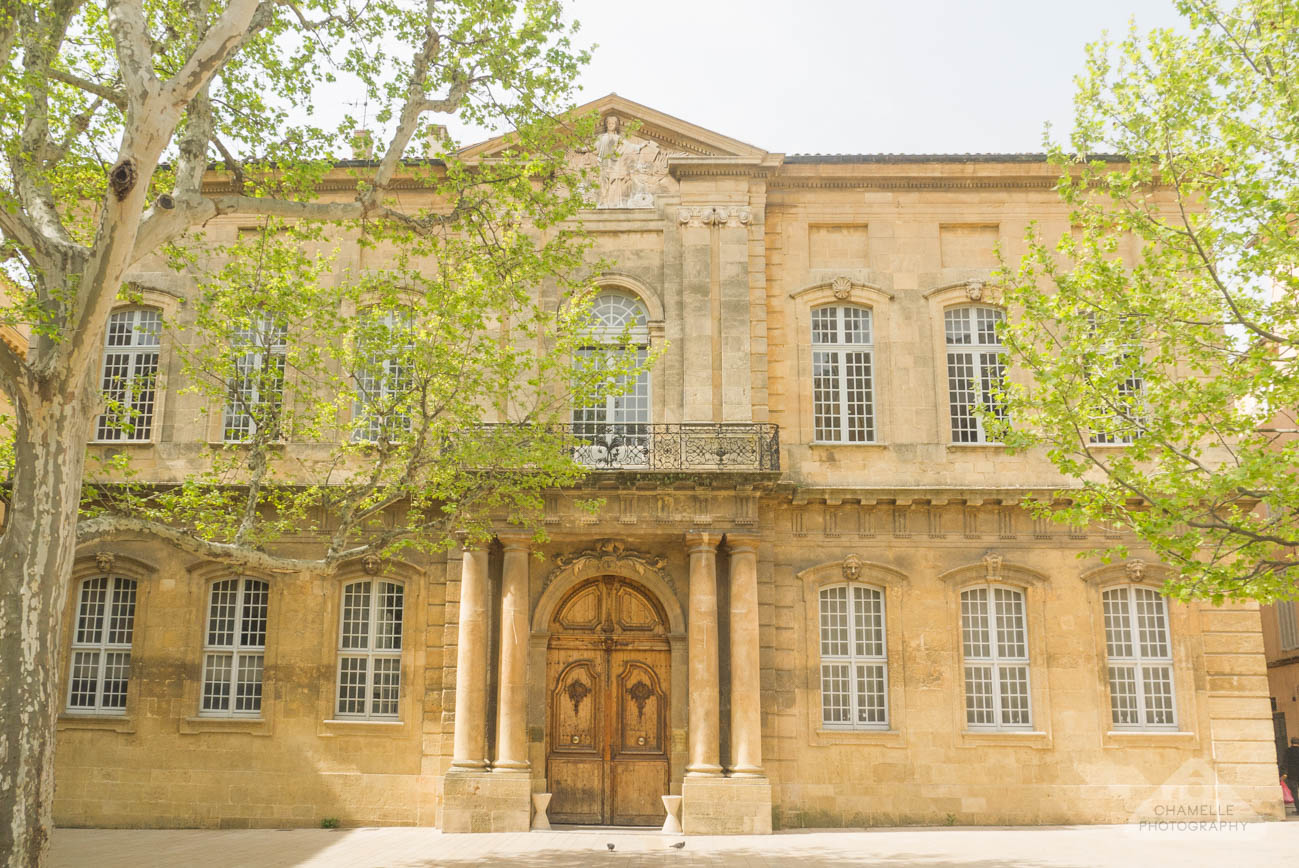
13 L’instutit d’études politiques / Sciences Po Aix (Political Science School of Aix)
Continuing north you’ll see this building on your left. This building, the Palais de l’université, is both a ‘hôtel particulier’ and a ‘monument historique.’ It was designed by architect Georges Vallon in 1734, and is now home to the prestigious Sciences Po Aix political science school, a ‘grand école’. The building previously housed the Université de Provence, where painter Paul Cézanne had studied.
14 Cathédrale Saint Sauveur (Aix Cathedral)
On the right hand side (opposite Sciences Po Aix) you’ll see the big cathedral, Saint Sauveur (Holy Saviour). It was first built in the 12th century. That is pretty crazy old, right? Its design includes Romanesque, Gothic and Neo-Gothic elements. It has been a ‘monument historique’ since 1840.
Both times I went to Aix I didn’t think to go inside but next time I will!
The first time I went I was having lunch with my mother at a restaurant nearby (which wasn’t there when I came the second time) and watched with great interest these art students walking by. I soon learned that Aix is a city full of art history (and now art students) and famous for being the home of Paul Cézanne… which brings me to…
(little bronze plaques embedded into the ground all over the city which – if you follow them – will lead you to Cézanne’s studio)
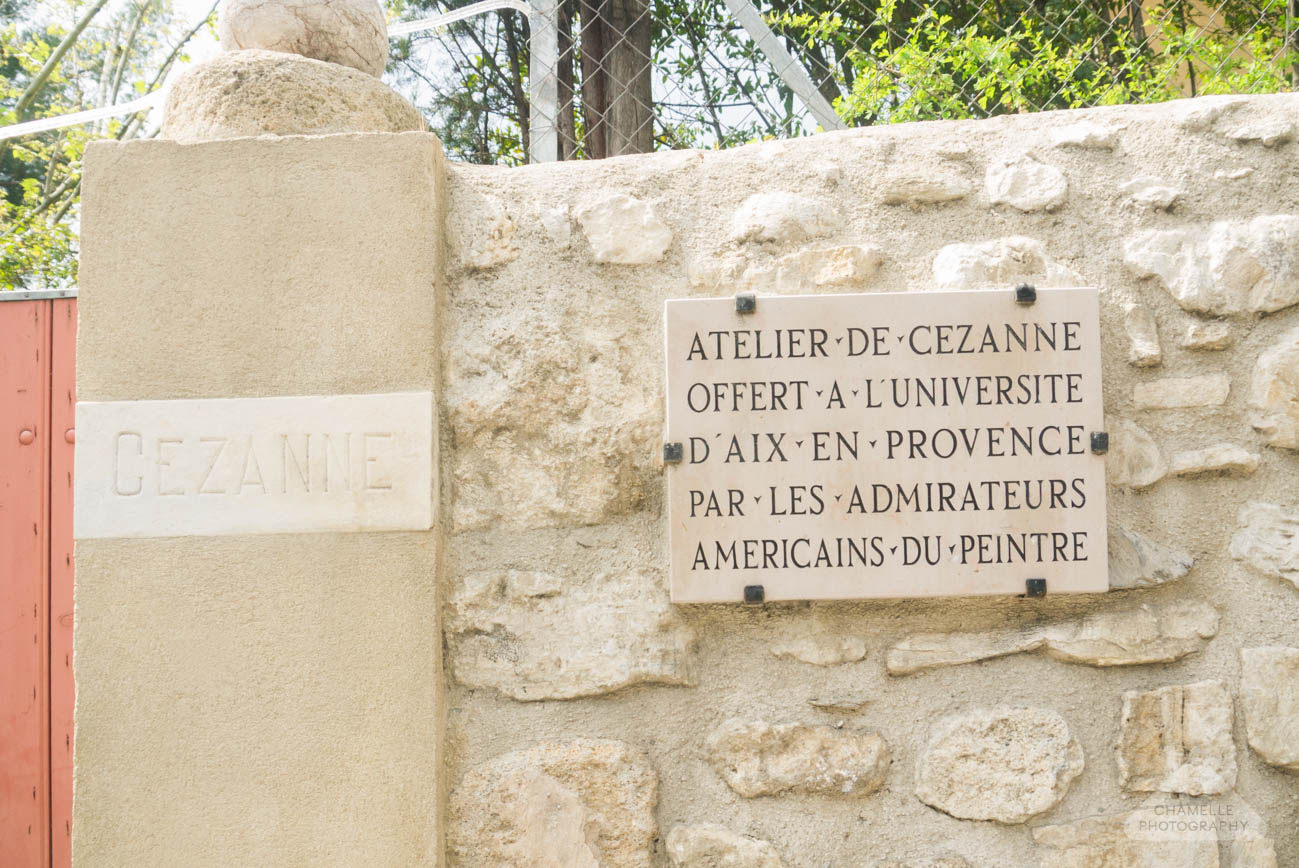 (Cézaenne’s studio was gifted to the University of Aix-en-Provence by American admirers of the painter)
(Cézaenne’s studio was gifted to the University of Aix-en-Provence by American admirers of the painter)
(image from official site as you are not allowed to take photos inside)
15 Atélier de Cézanne (Paul Cézanne’s studio)
After passing the cathedral if you keep walking you’ll soon exit the inner city. During my first visit I decided to go to Cézanne’s studio. I remember being super emotional as I imagined what life would have been like for Cézanne all those years ago, painting in that very studio. Even my mother who did not know much about Cézanne found it fascinating and she was excited to see a famous painter’s actual studio. This visit actually started a love of mine to visit other painters’ studios and I later visited Monet‘s house and garden in Giverny which I also really enjoyed.
When we went in April we just turned up but if you go in July or August I’d imagine you’d need to book ahead as the studio is very small and they only let in 18 people at a time.
Address: 9 Avenue Paul Cézanne, 13100 Aix-en-Provence
It’s about 1km from the Cathedrale Saint Sauveur, a 15 minute uphill walk.
Open: 10am-5pm or 10-6pm and apart from during July-August it’s closed every day between 12:30-2pm.
Closed: 1 to 10 January, 1 May, 25 December; Sundays in January, February December.
Tickets can be bought onsite or via the internet only.
Adults: 6€, Under 26 years: 2.50€, Under 13 years: Free.
16 Thermes Sextius (Thermal Hot Springs)
Don’t these gates make you think of Charlie and the Chocolate factory? I found this building by just wandering around. Thermes Sextius is a luxurious modern spa built on the site of the original Roman baths from 122 BC. Its excavated remains are on display beneath a glass floor at the entrance. The water was used by Consul Romain Caïus Sextius and it was named after him.
The naturally heated water is pumped from 80 metres underground. There are also various day spa treatments. The Aquabella Hotel is attached to it.
Address: 55 Avenue des Thermes, Aix en Provence
(this is one of the most spectacular flowers I’ve ever seen)
17 Pavillon Vendôme
This was one of my favourite places to visit and it was a new discovery for me. I was just walking from my Airbnb apartment into the Old Town via Rue Célony when I noticed these big old gates and being the nosey person I am I went inside to see what it was. Inside I saw the most gorgeous garden in front of yet another ‘hôtel particulier’. Unfortunately I’d arrived a little too late and the sun was setting fast and they were closing soon so I vowed to come back again the very next morning. It was a great idea because there was only a jogger and a man mowing the lawns there. I practically had this beautiful place all to myself! 🙂
Pavillon Vendôme was built by architect Pierre Pavillon between 1665 and 1667. It is one of the finest examples of classical architecture in Provence. It was commissioned by Louis de Bourbon, Duke of Vendôme, as a place where he could take his lovers. King Louis XIV did not allow him to marry the woman whom he wanted which is why he was forced to keep a series of lovers…
In 1906, the pavillion was bought by the Swiss art collector, painter and poet Henri Dobler who painstakingly restored the building and reconstructed the original furniture. In 1926 The Academy of Aix demanded that the mayor acquire the pavillion and adjacent lands to make public gardens and a museum. At the death of Dobler in 1941, he bequeathed his collection to the city of Aix-en-Provence and to his widow. At her death in 1954, the building was bequeathed and turned in to the city in order to make a museum. It has served as a museum since then and is now home to temporary contemporary art and photo exhibitions. The gardens have been designed and re-created as a replica of the original from the 17th century.
The house (pavillion) has been listed as a ‘monument historique’ since 1914, and the gardens since 1953.
Address: It can be accessed via two streets: 34 rue Célony and 13 rue de la Molle.
Opening hours: 1 January – 14 April: Every day except Tuesdays, from 10am-12:30pm and from 1:30-5pm
From 15 April: the same as above but it closes at 6pm
Closed 1 May.
The gardens are free to visit. The pavillon entry fees: Adults: 3.50€, Free for under 26 years, students and unemployed people.
Now that you’ve seen the old are you ready for the new?
Now read Part II ….

